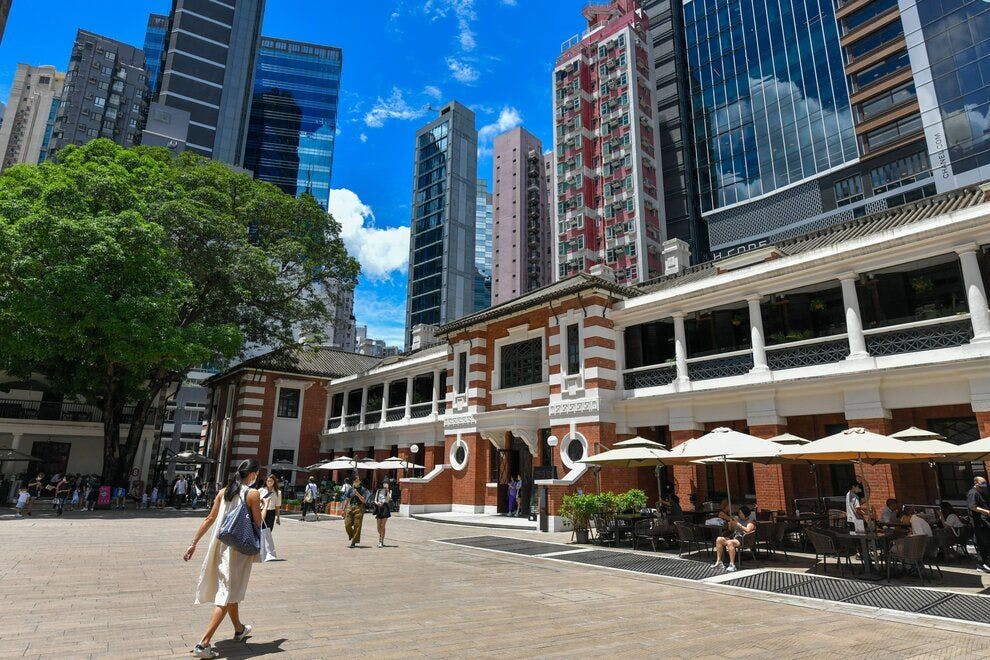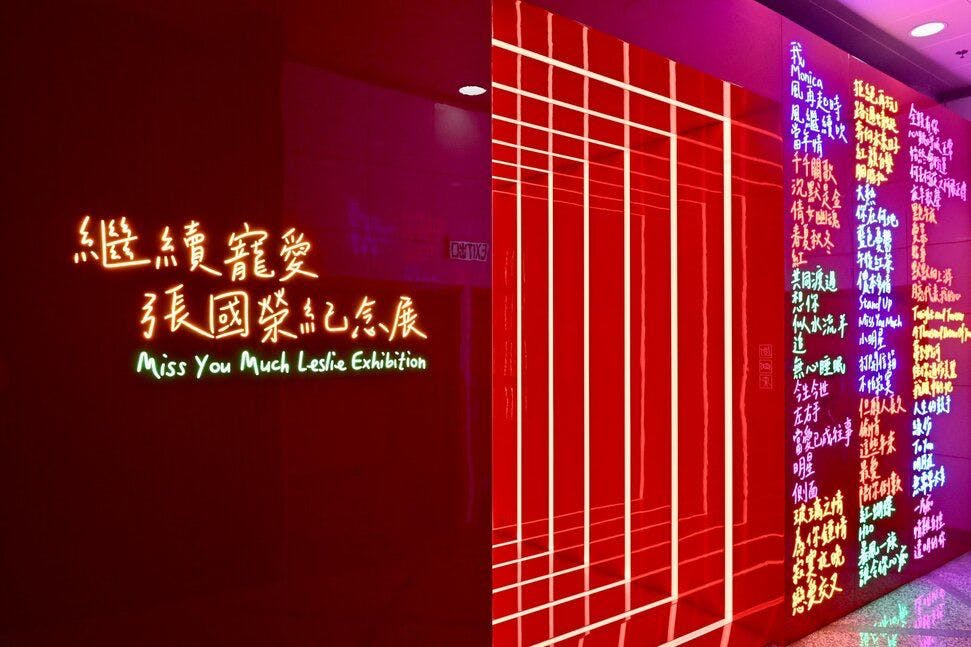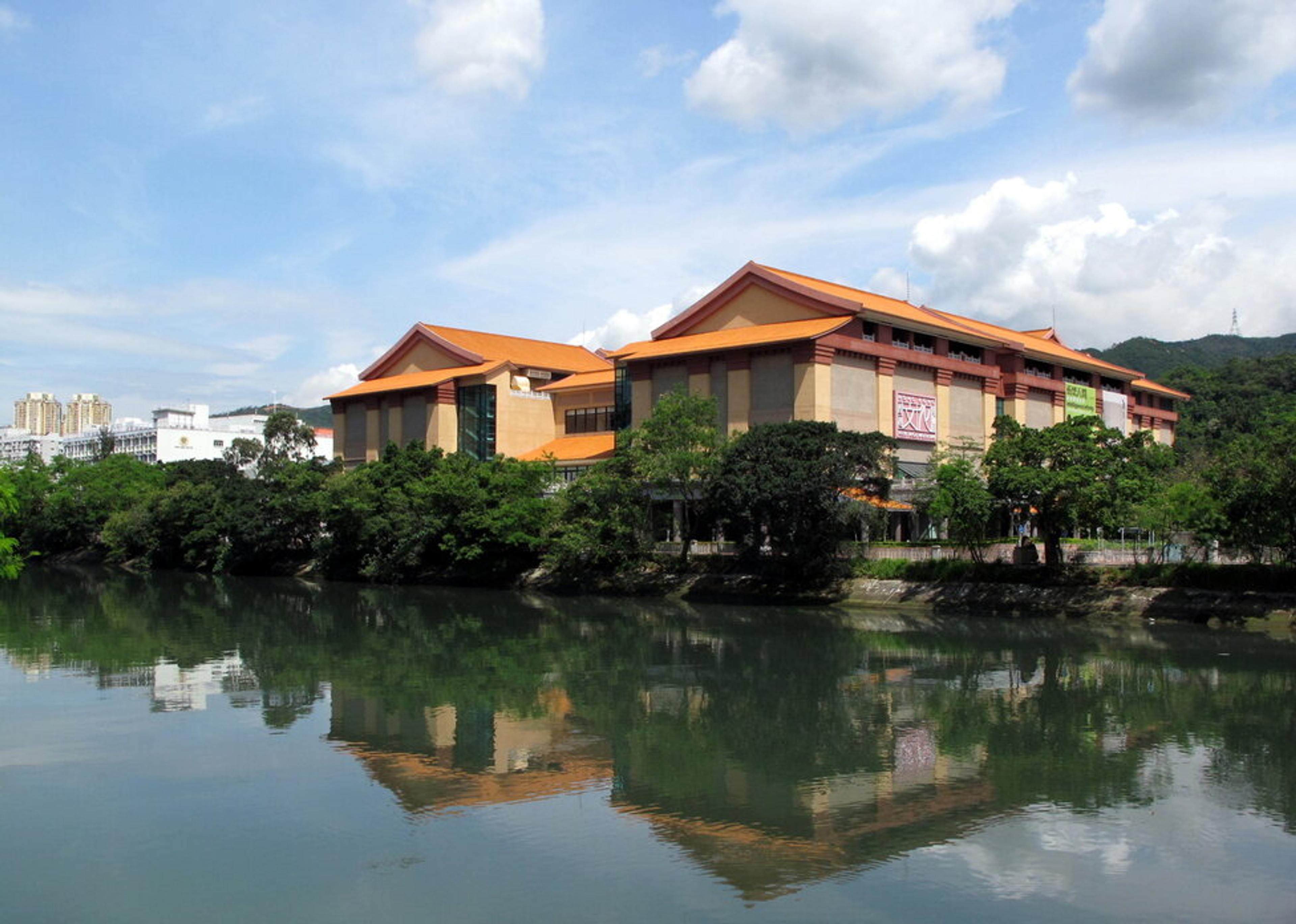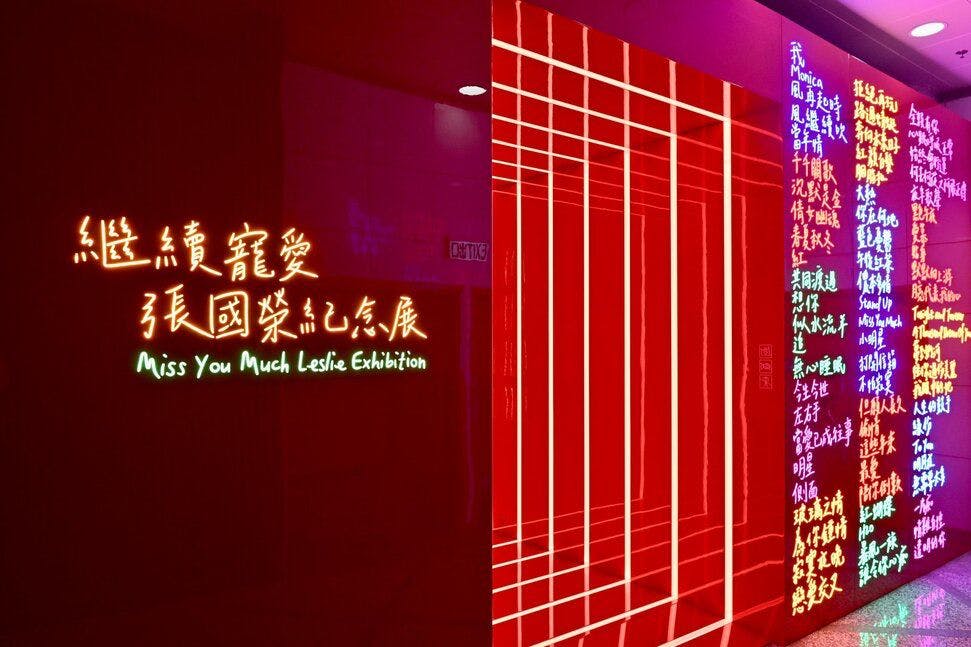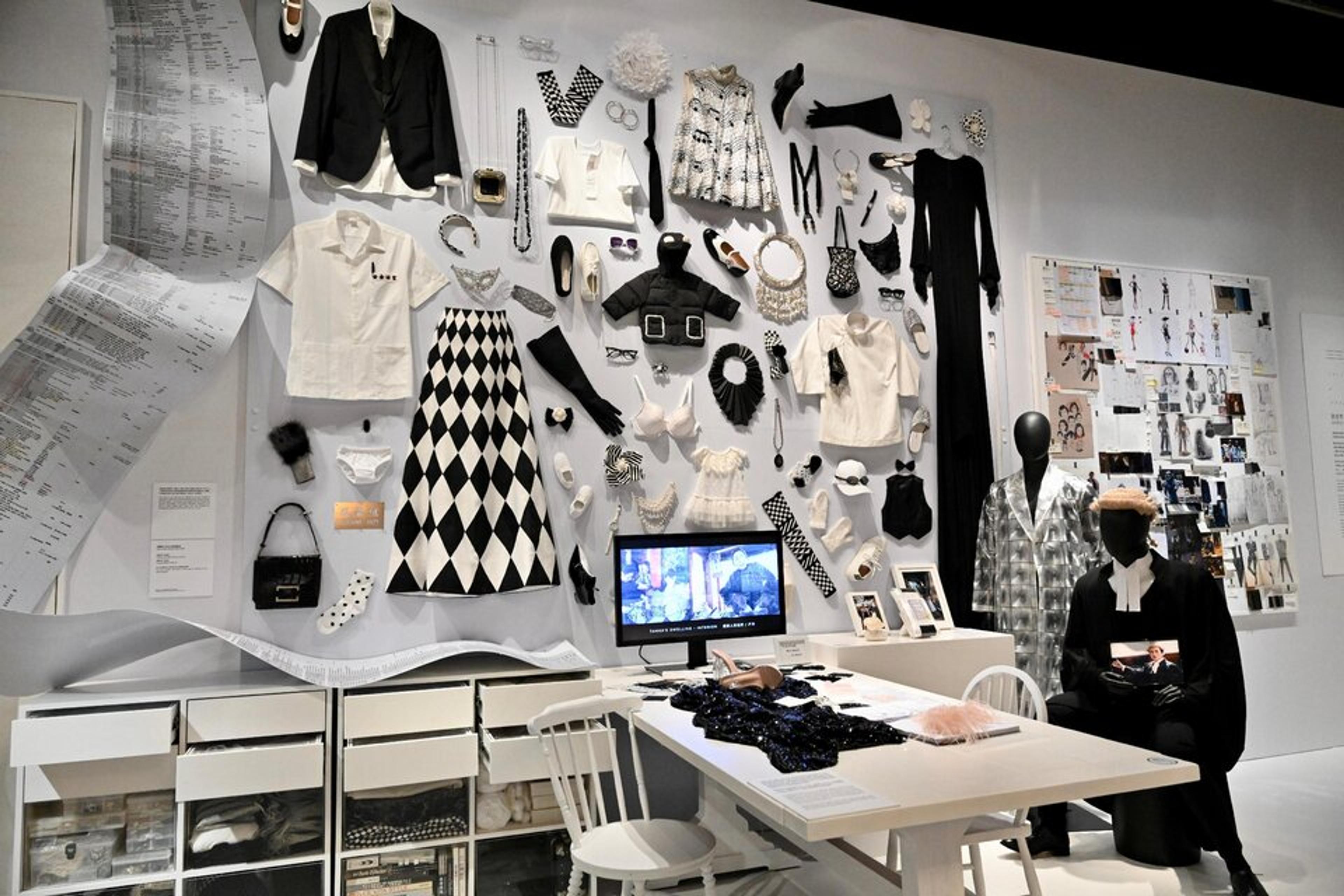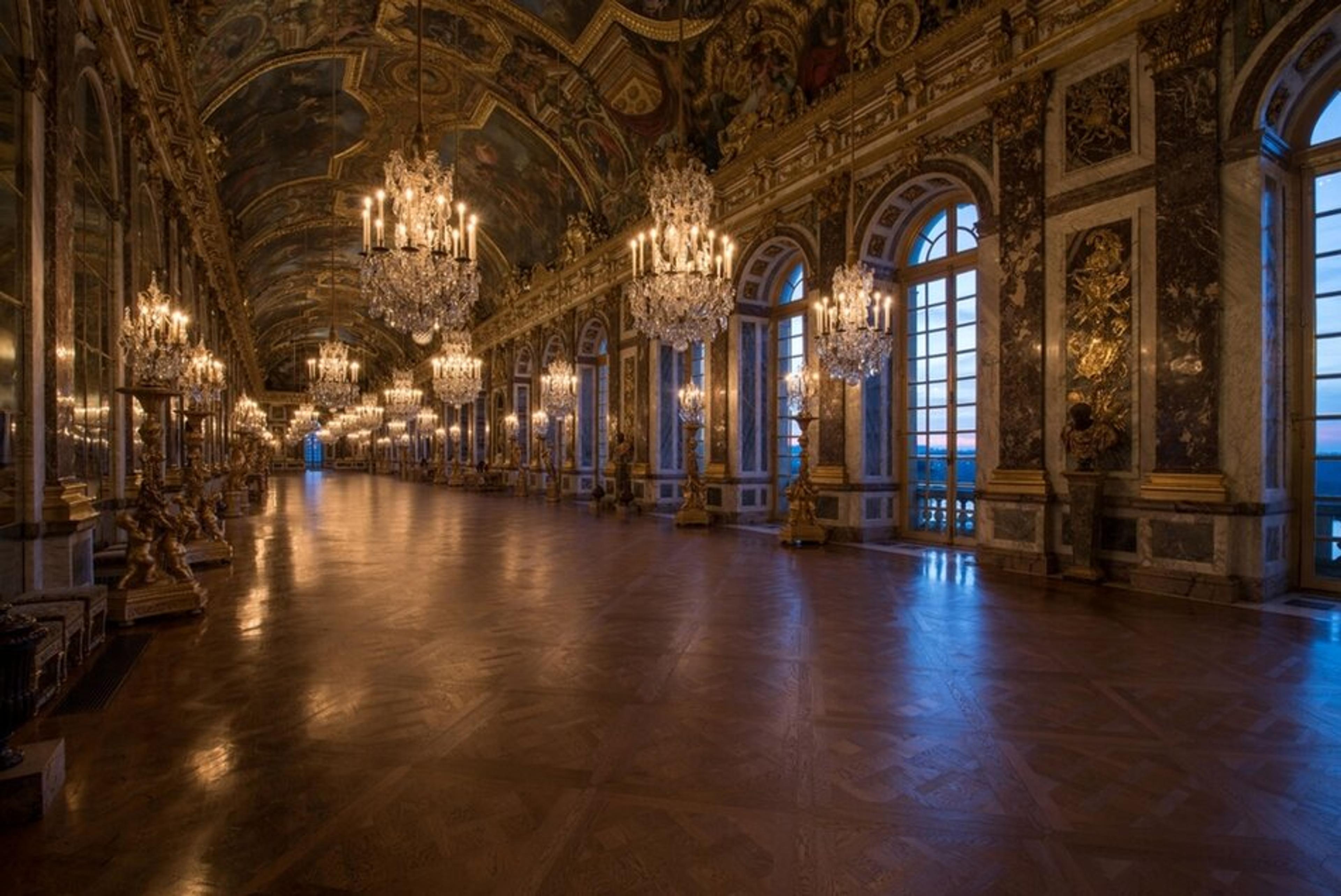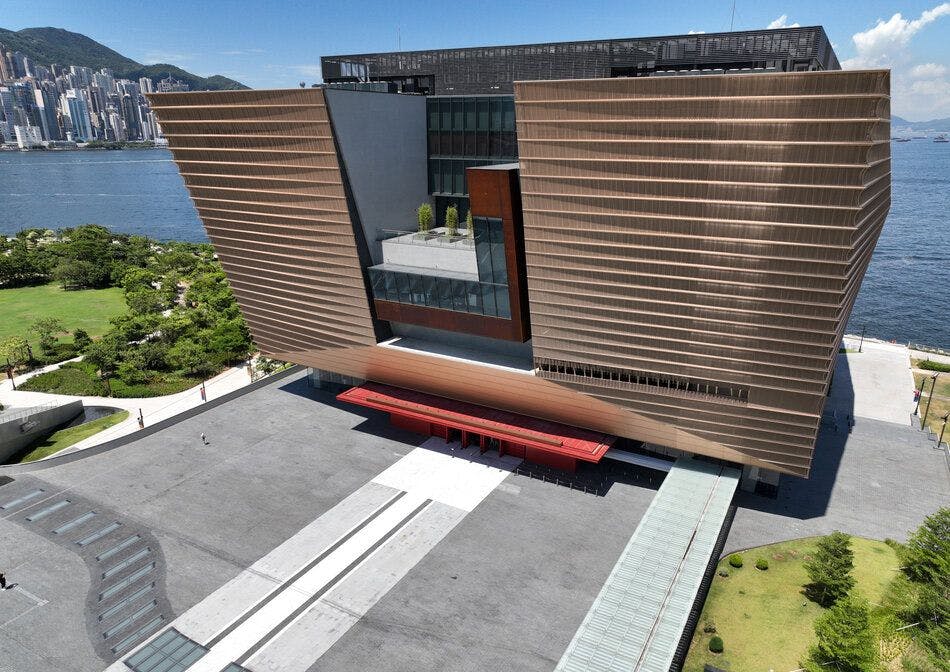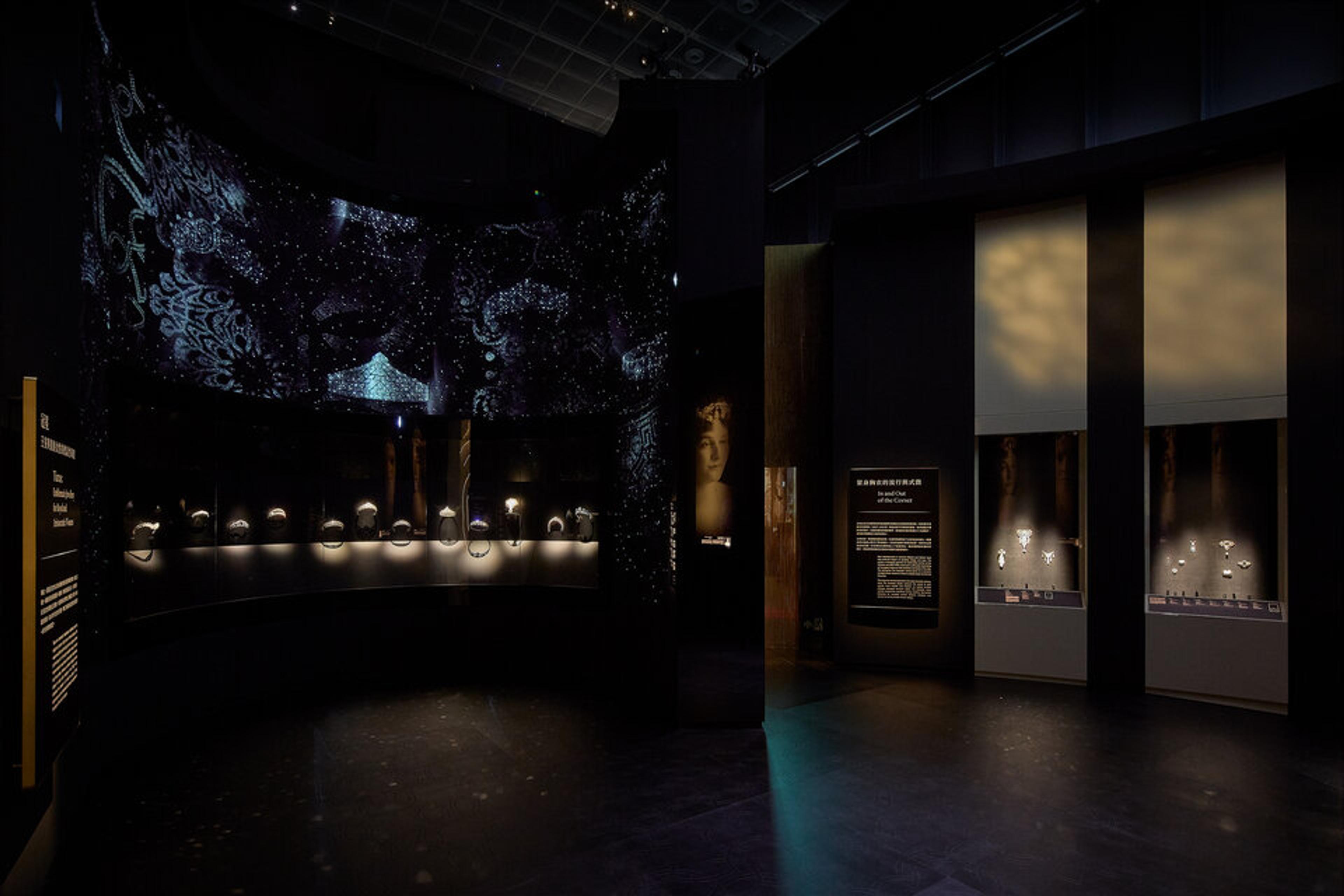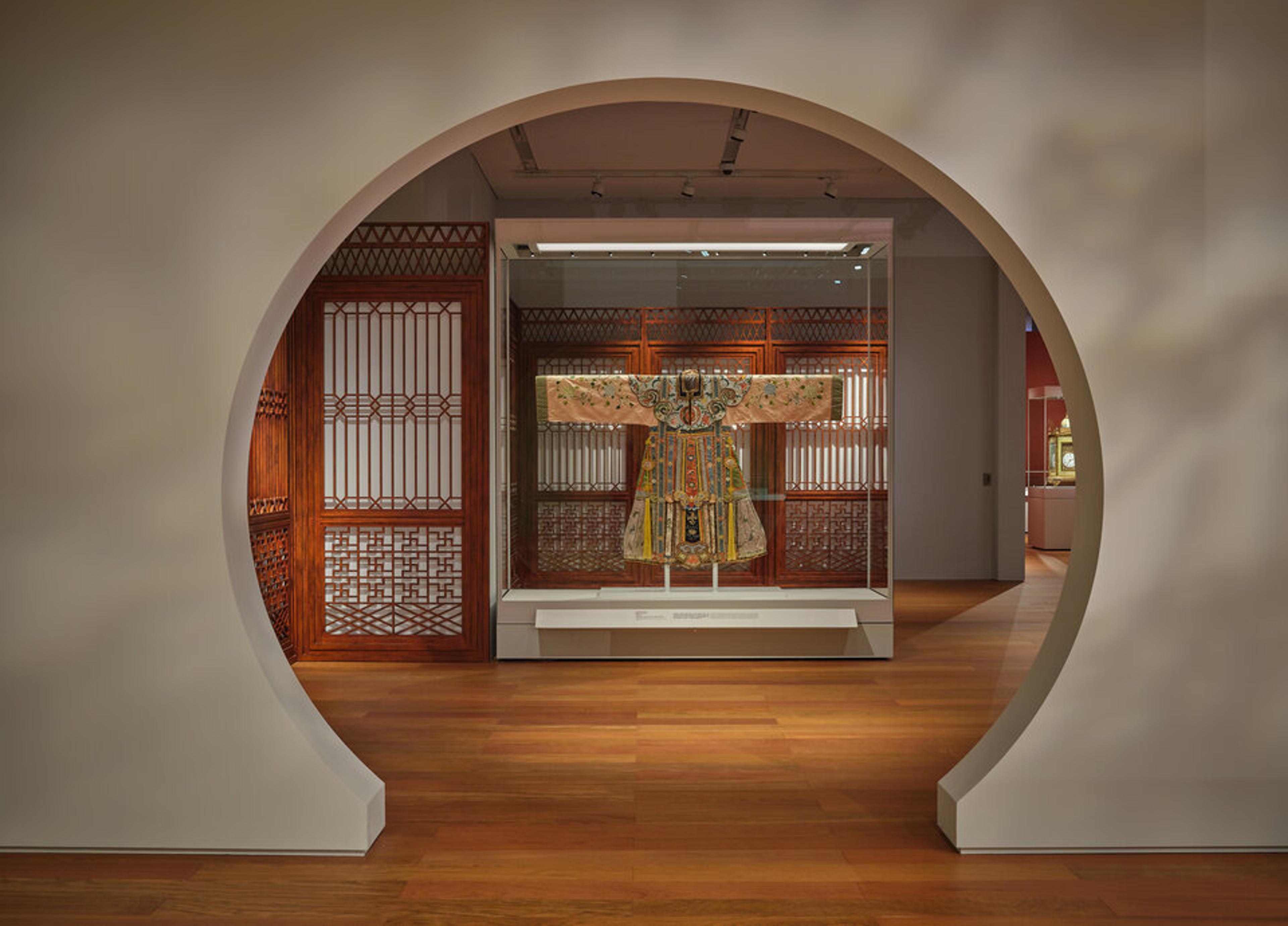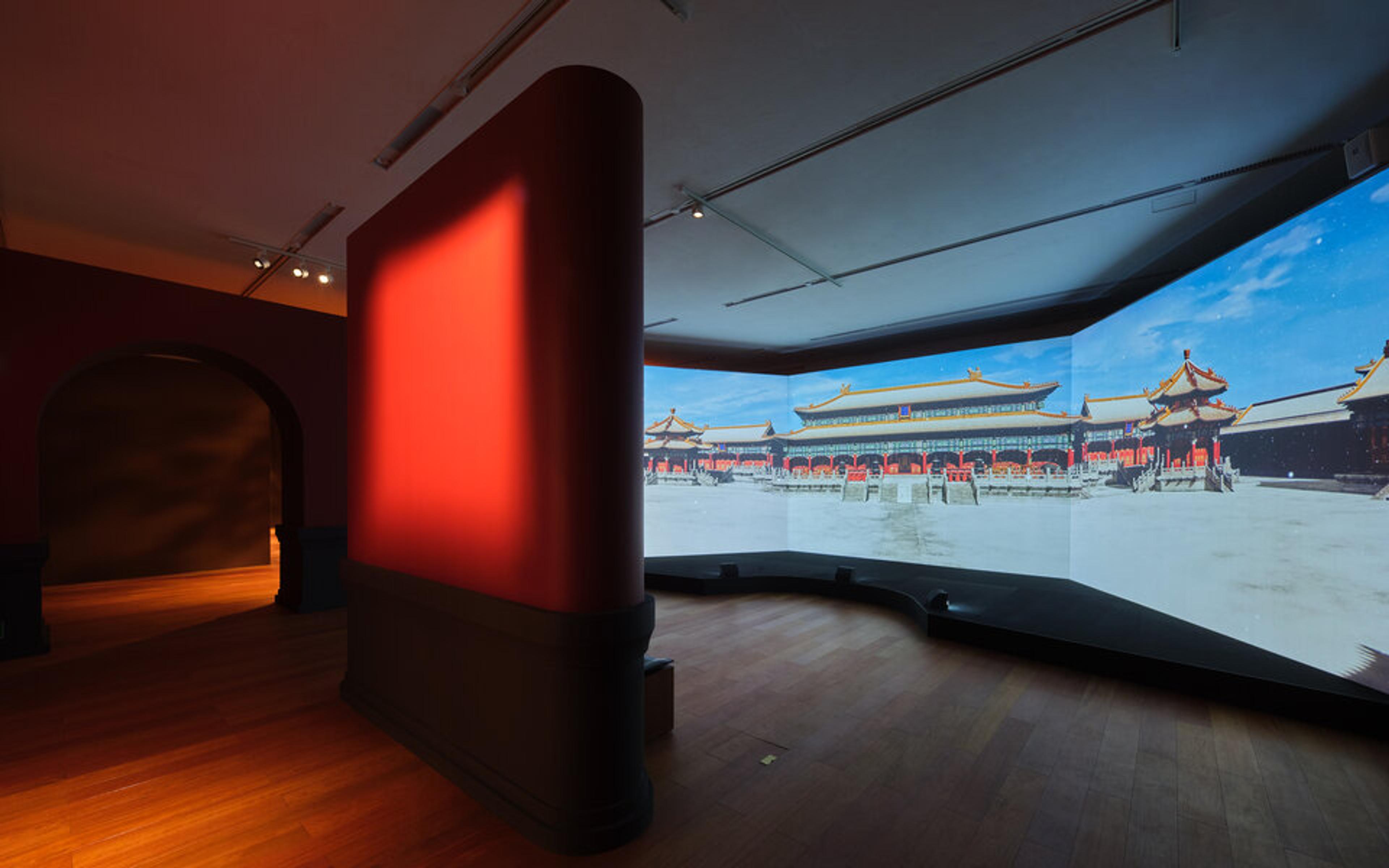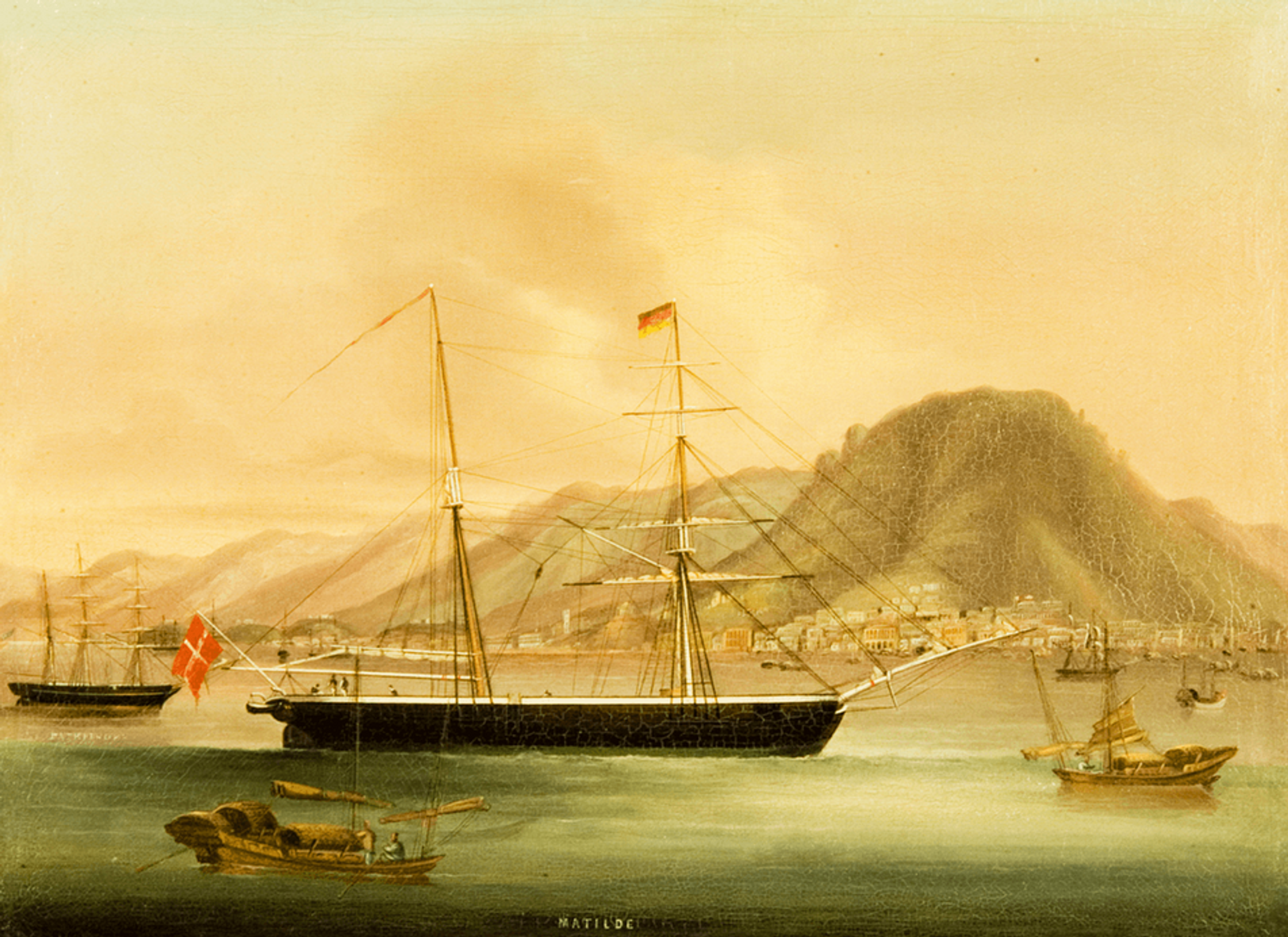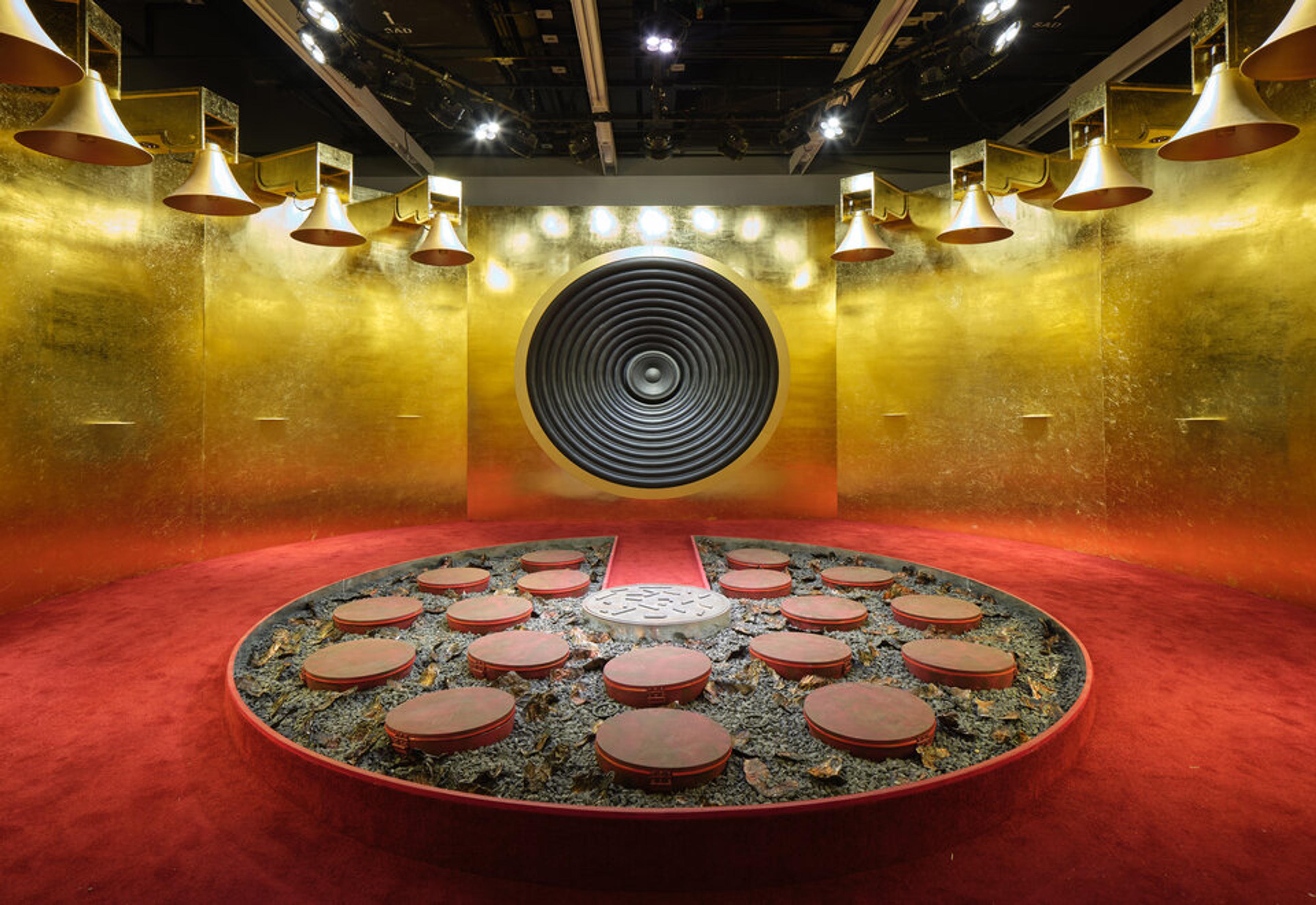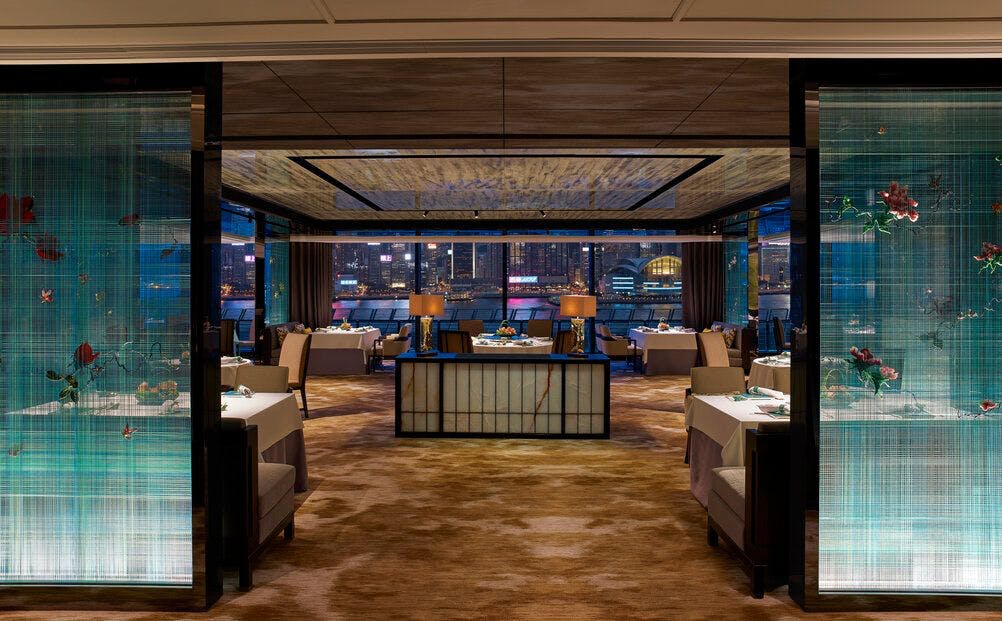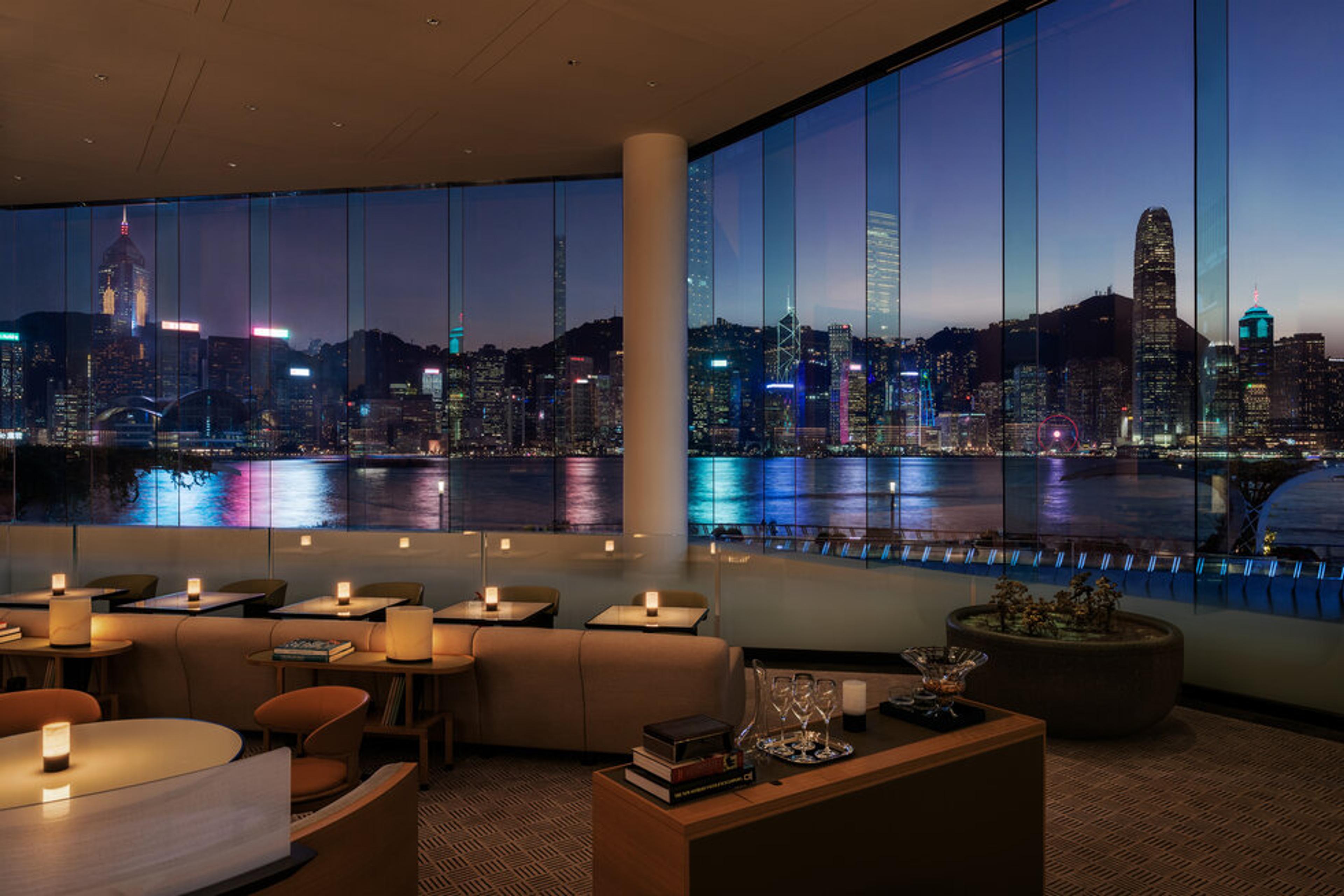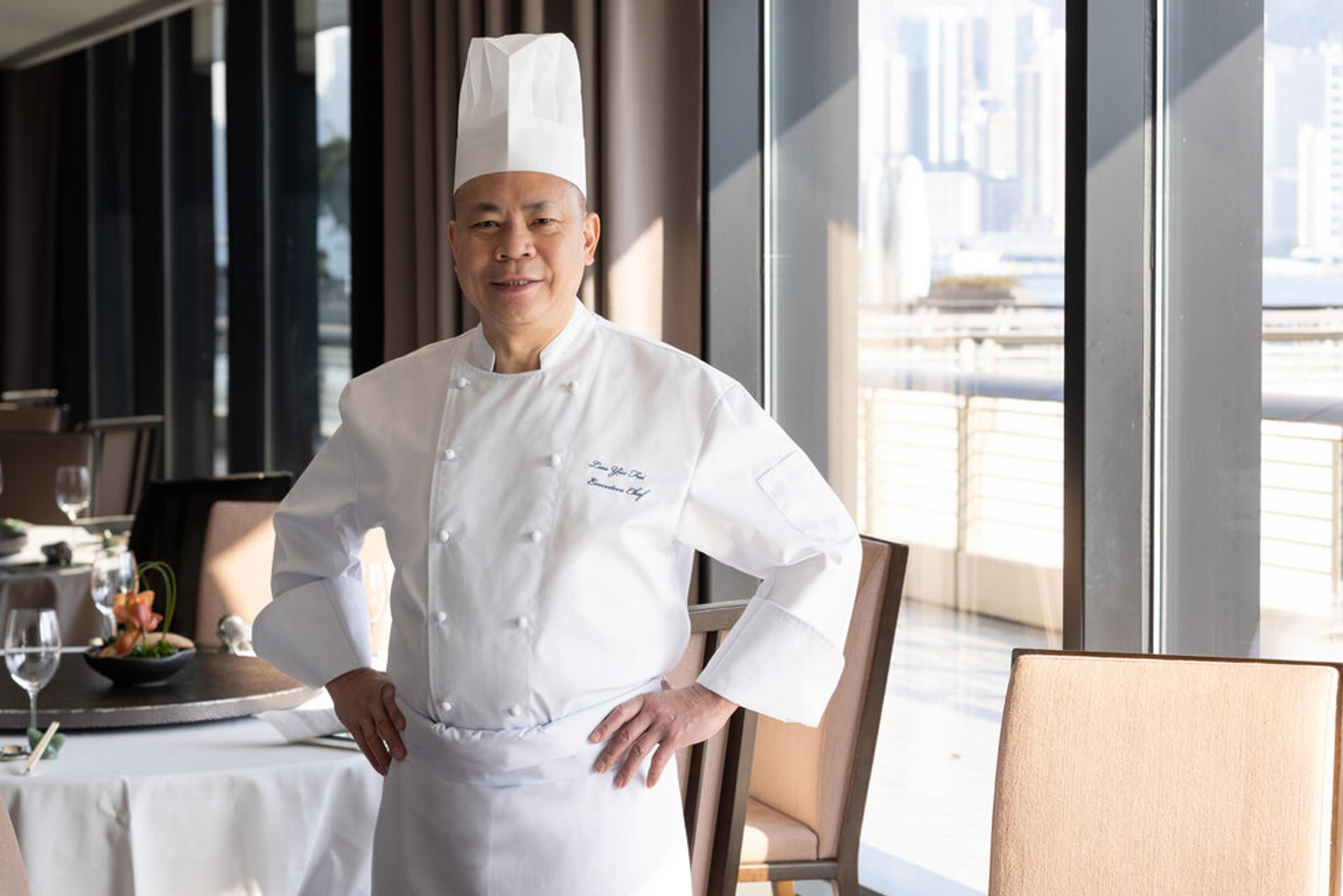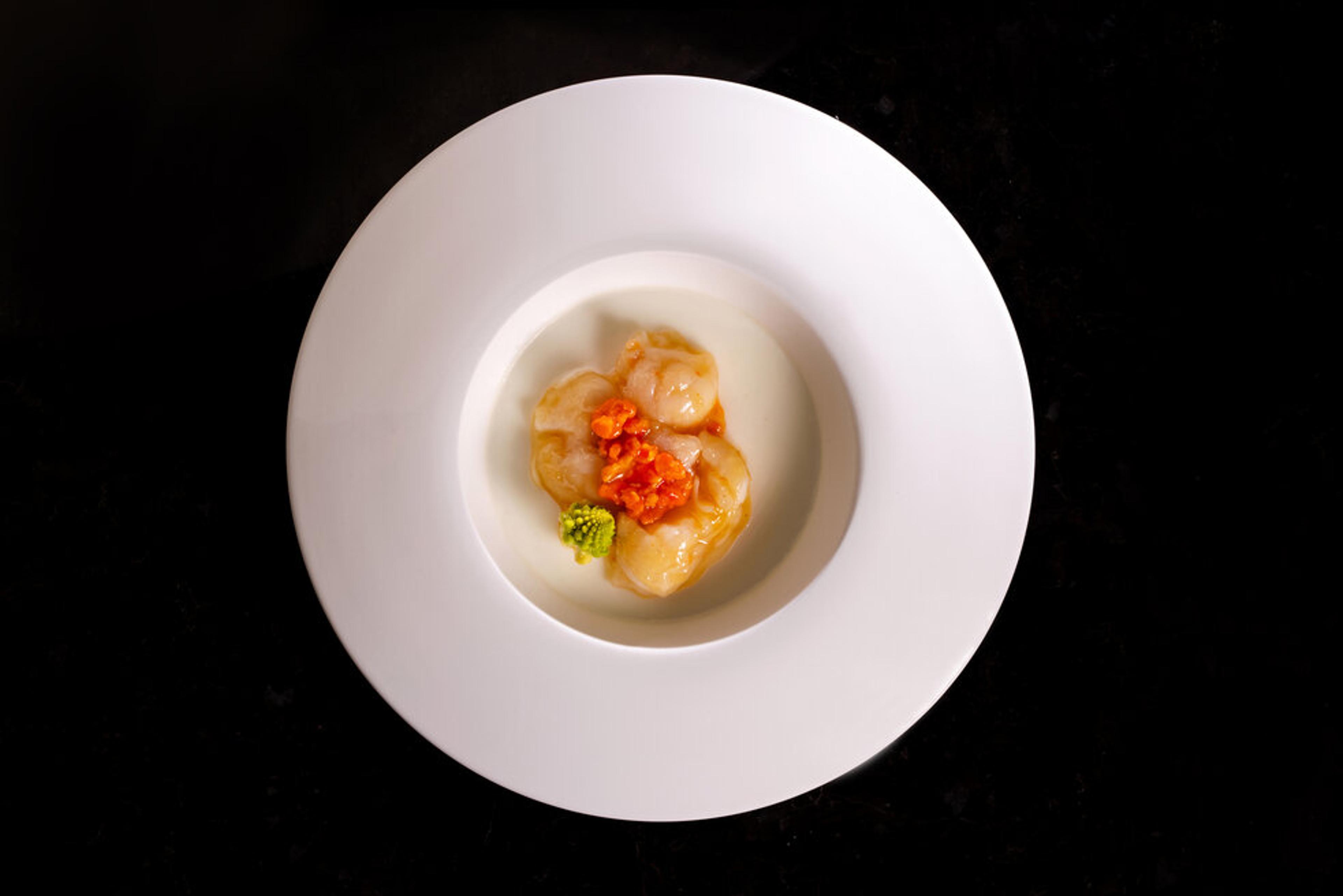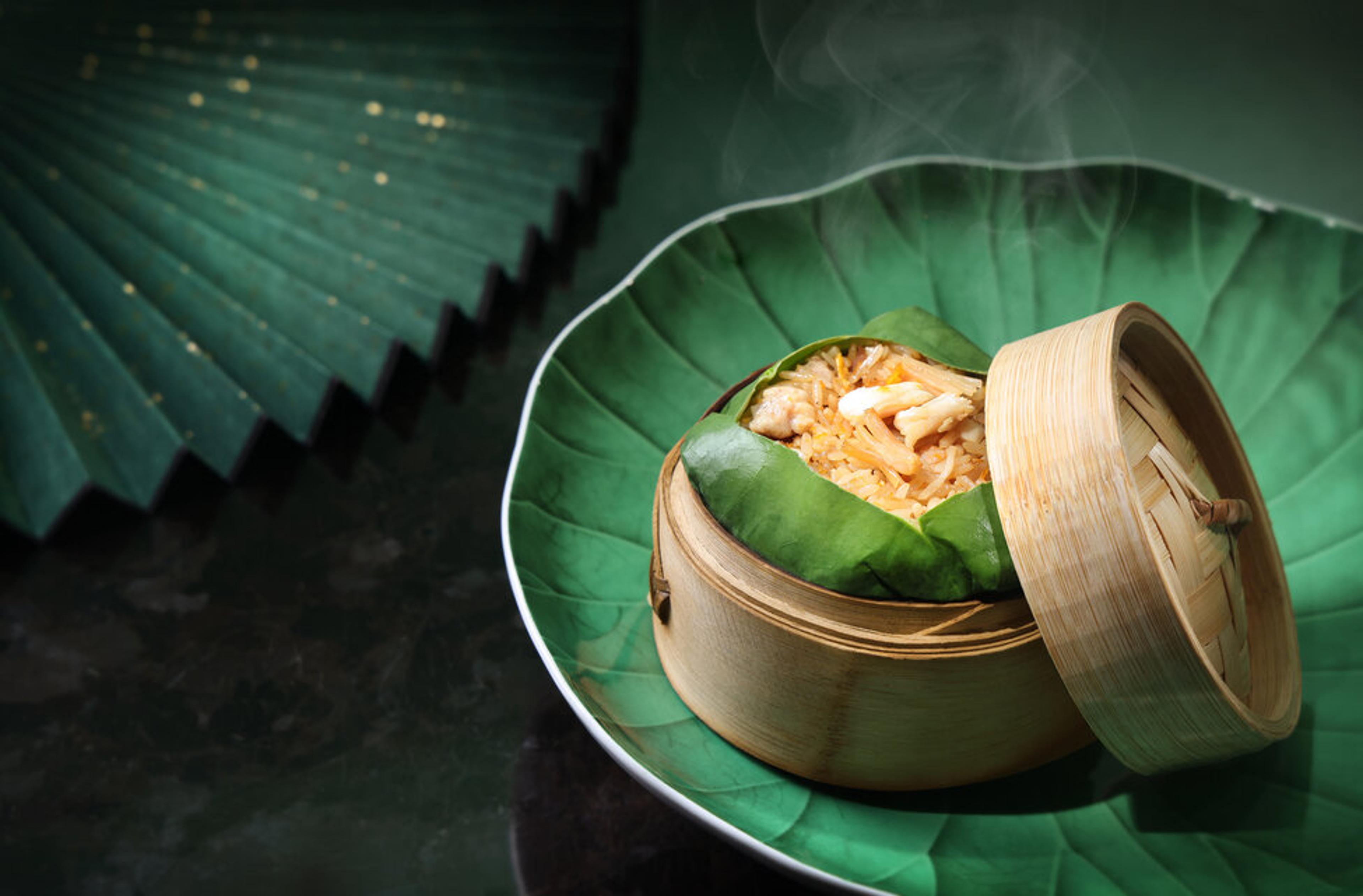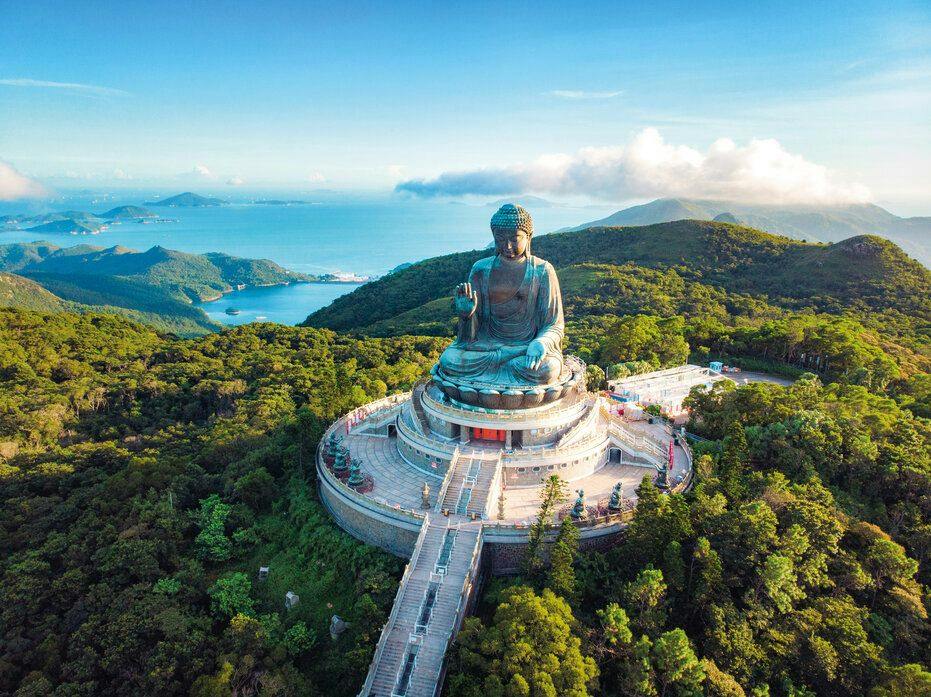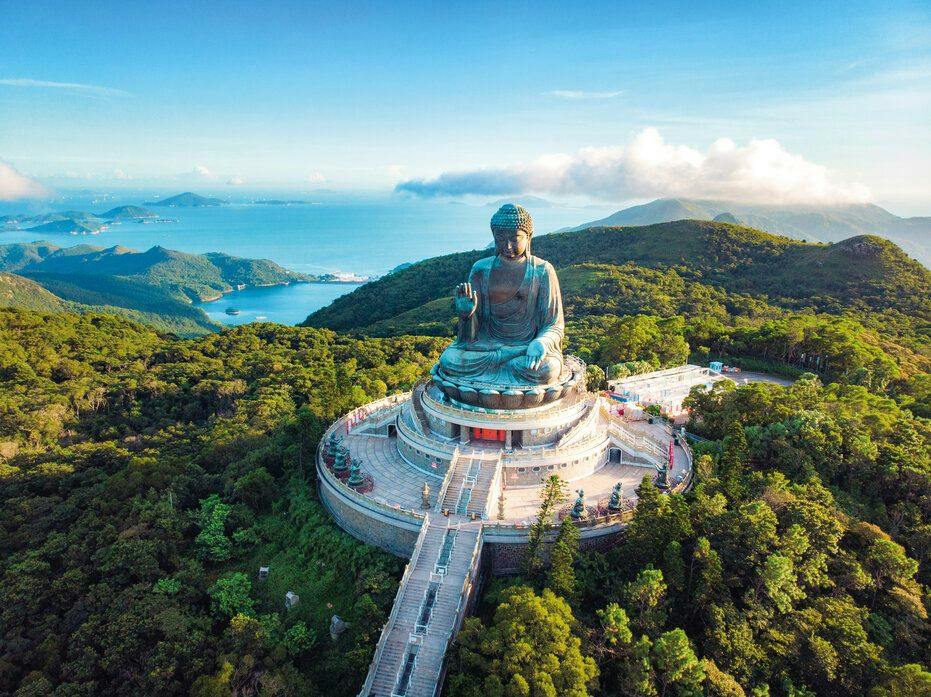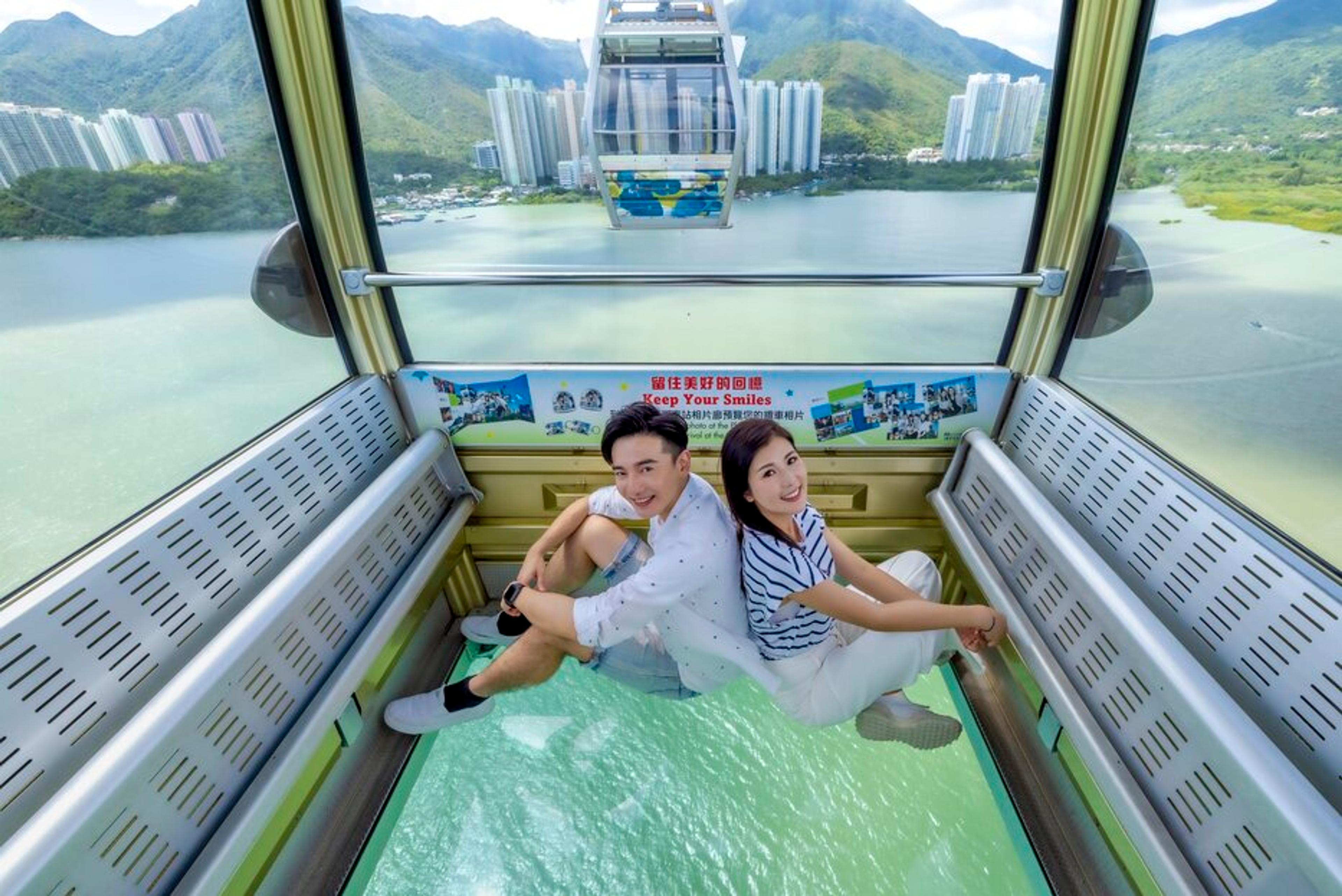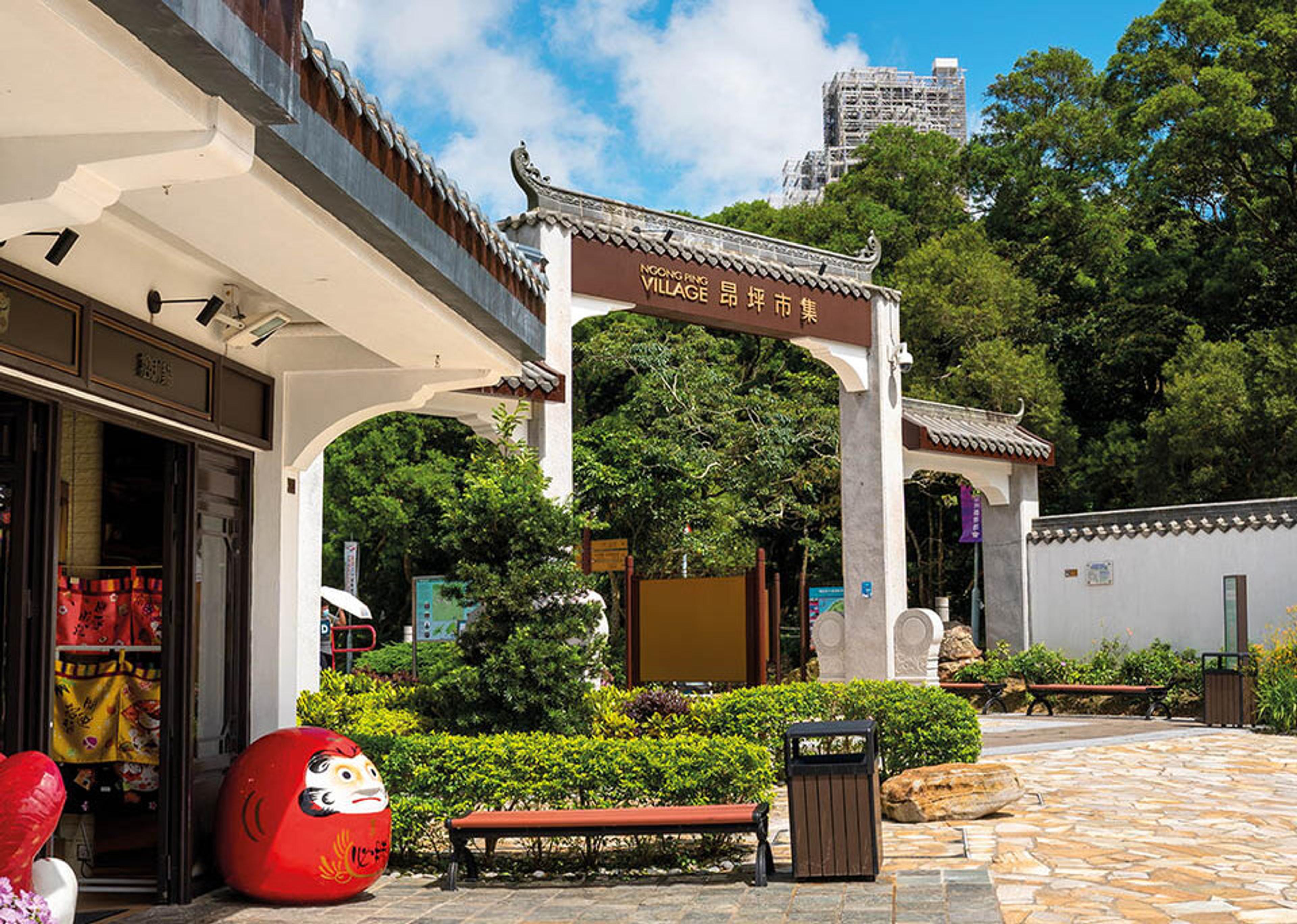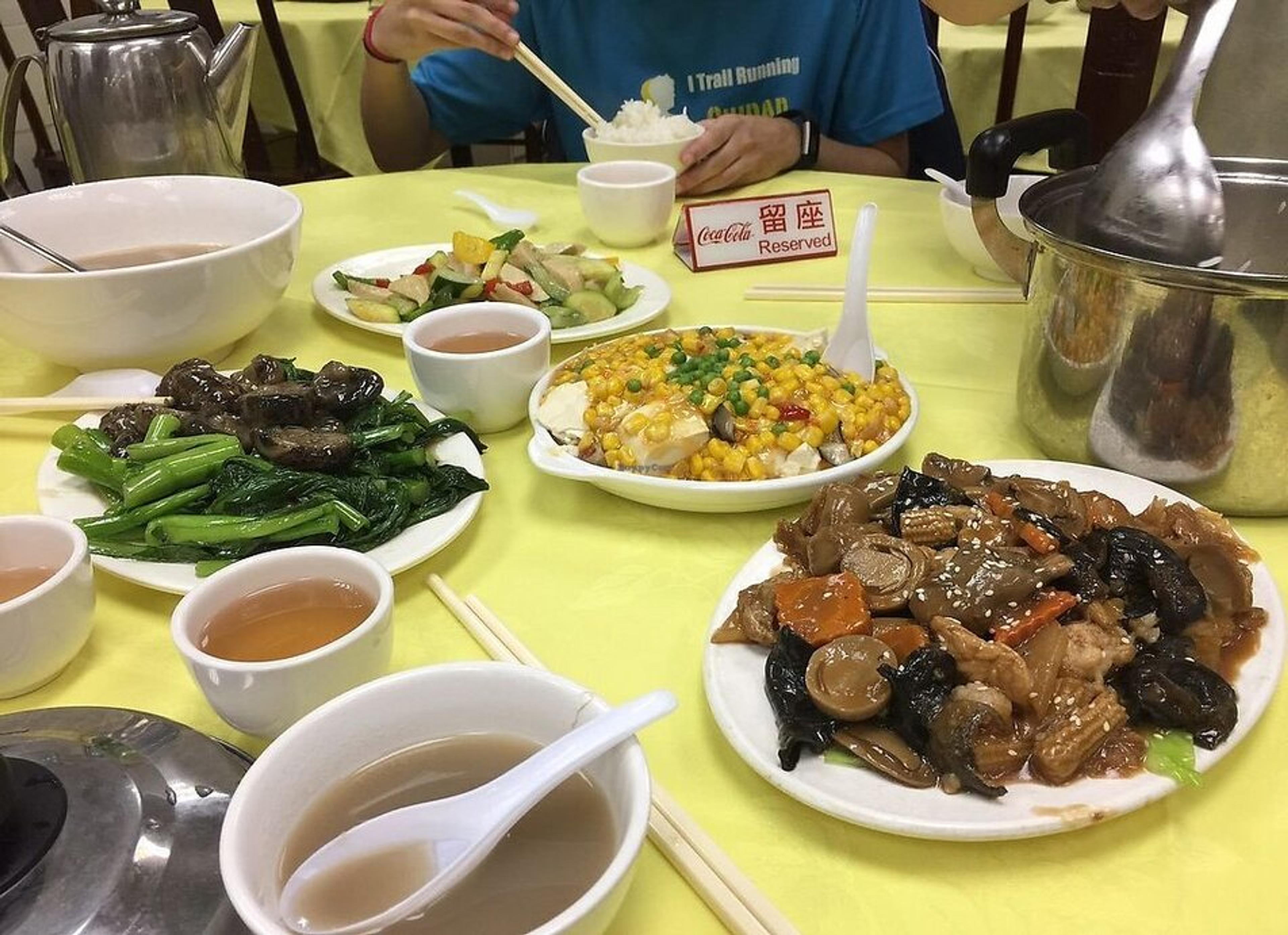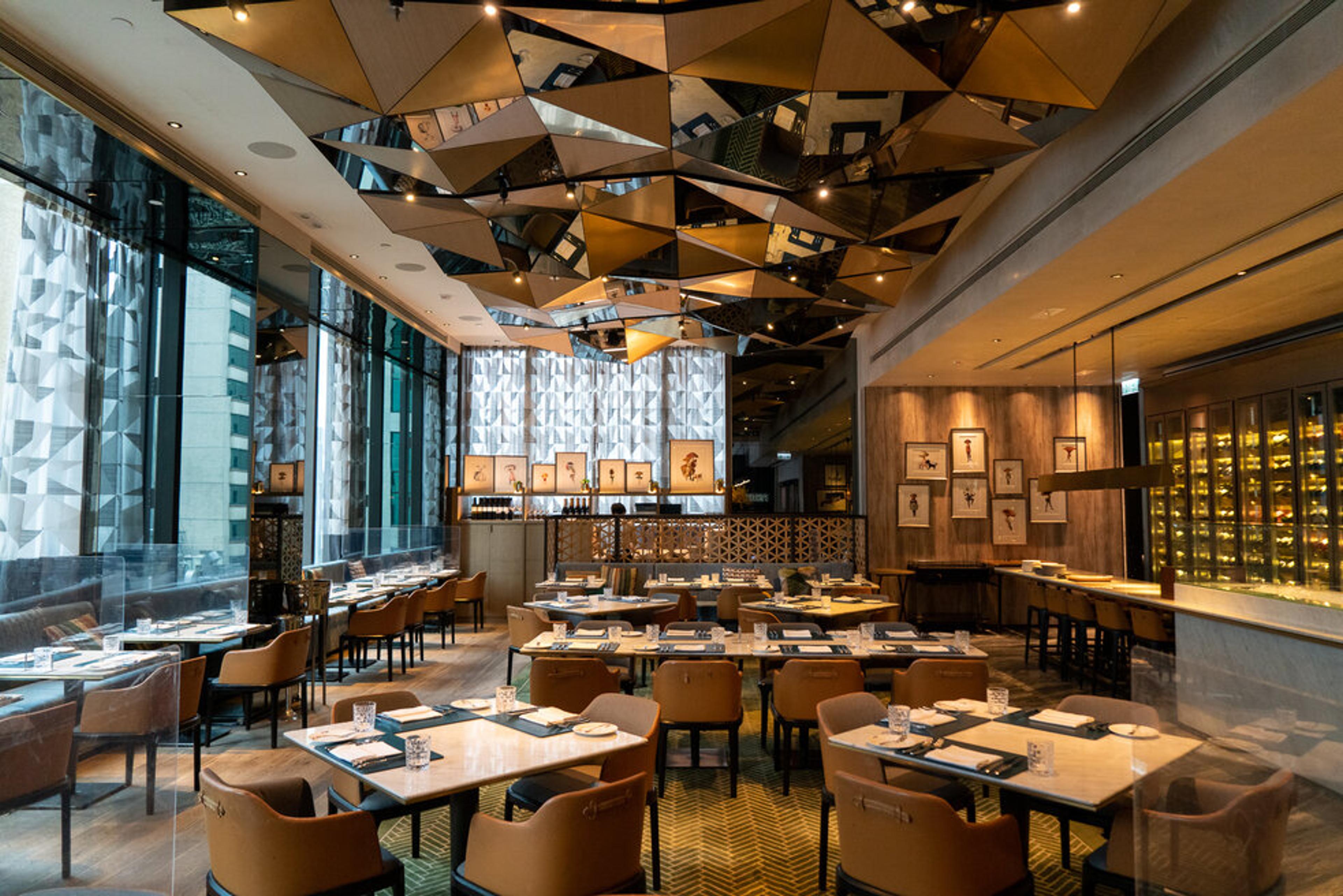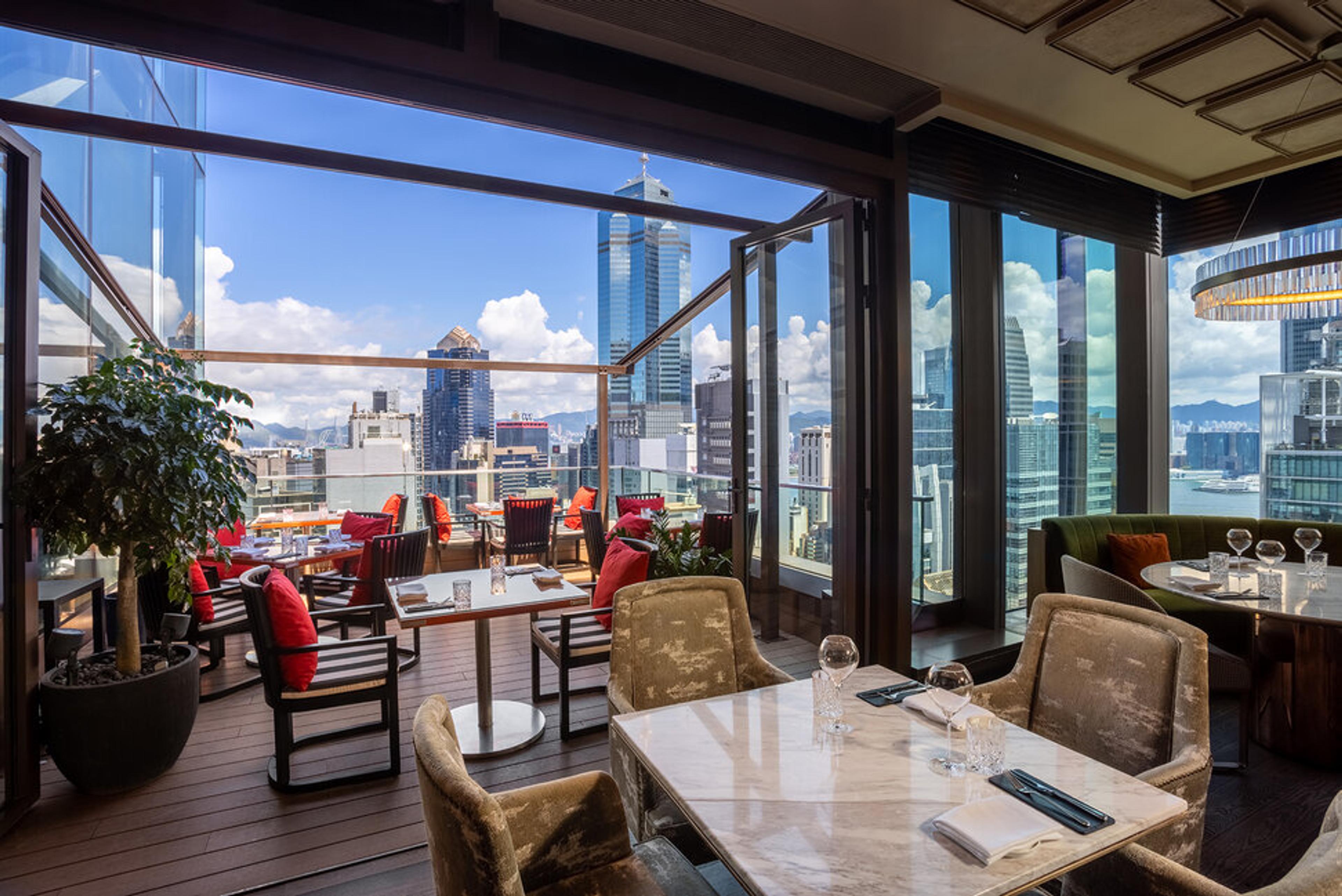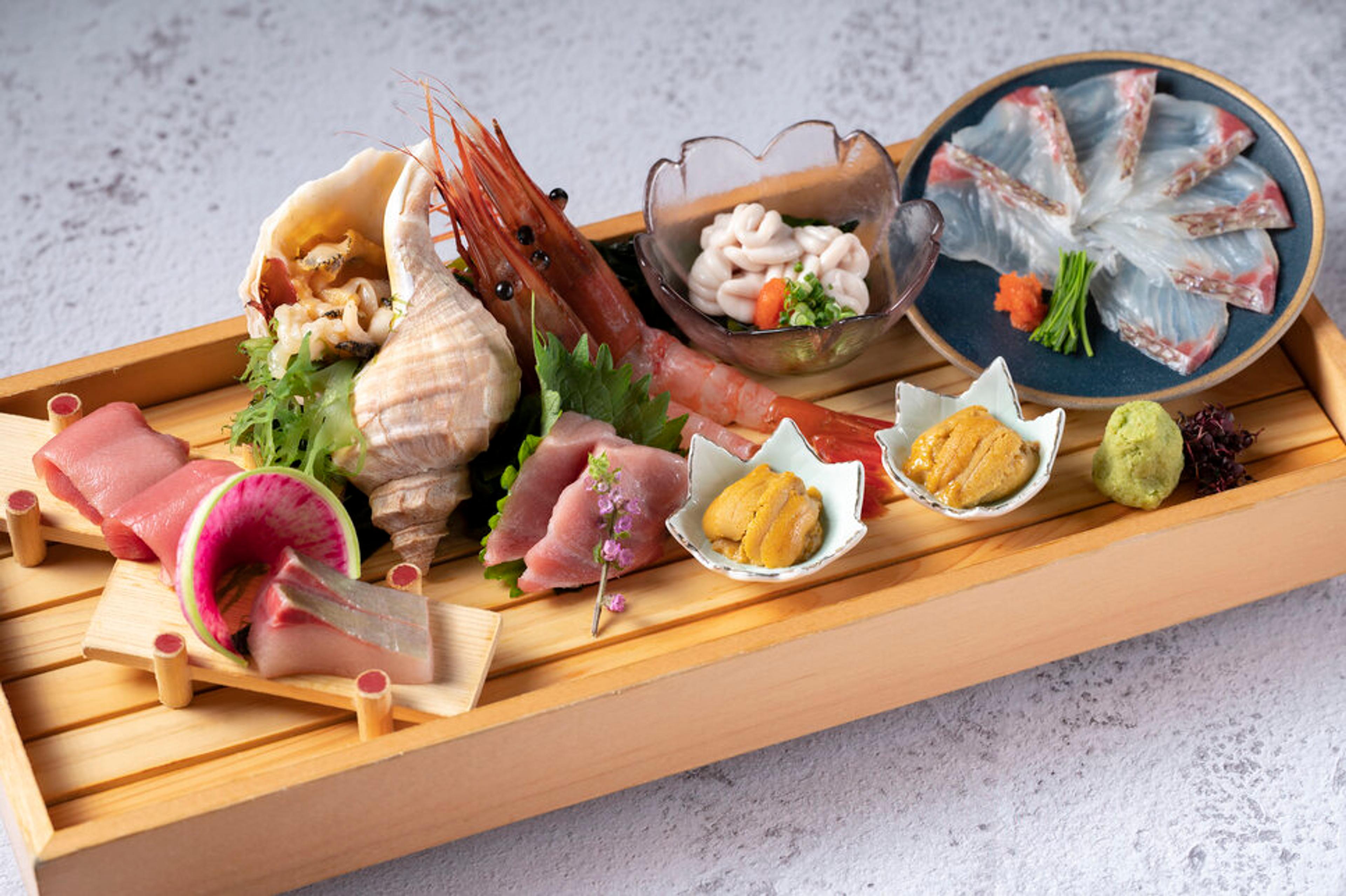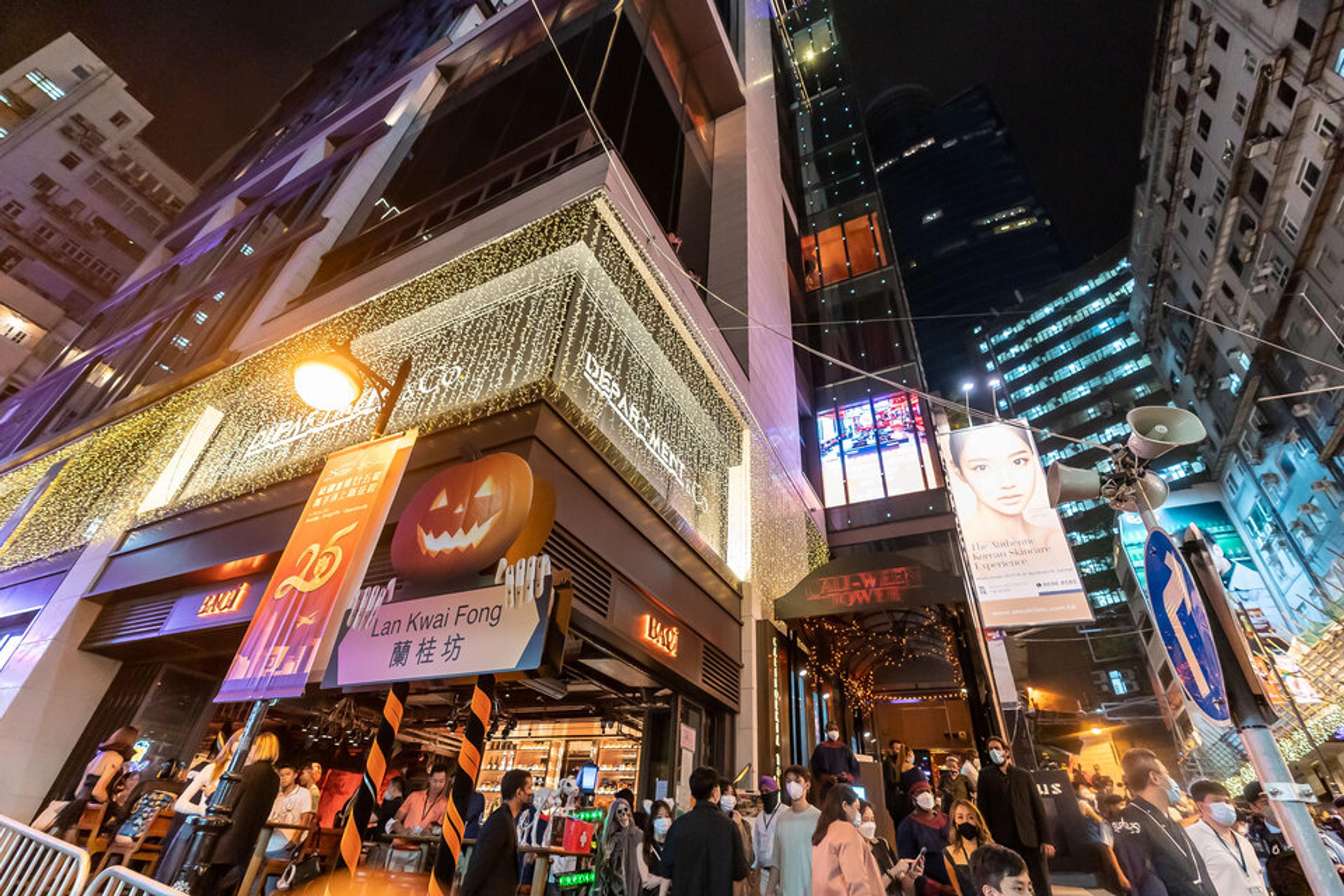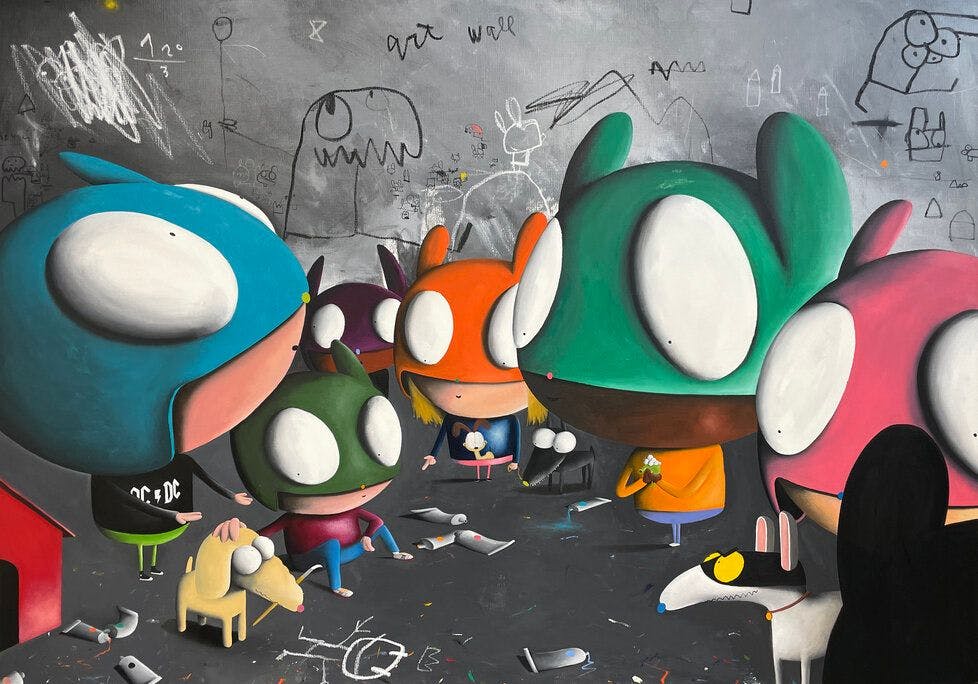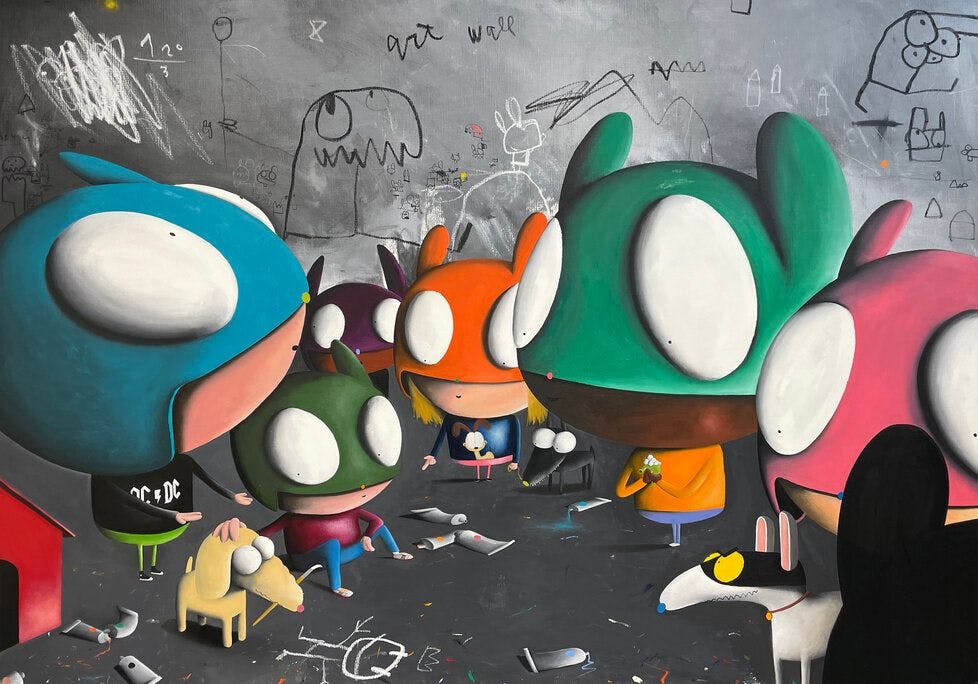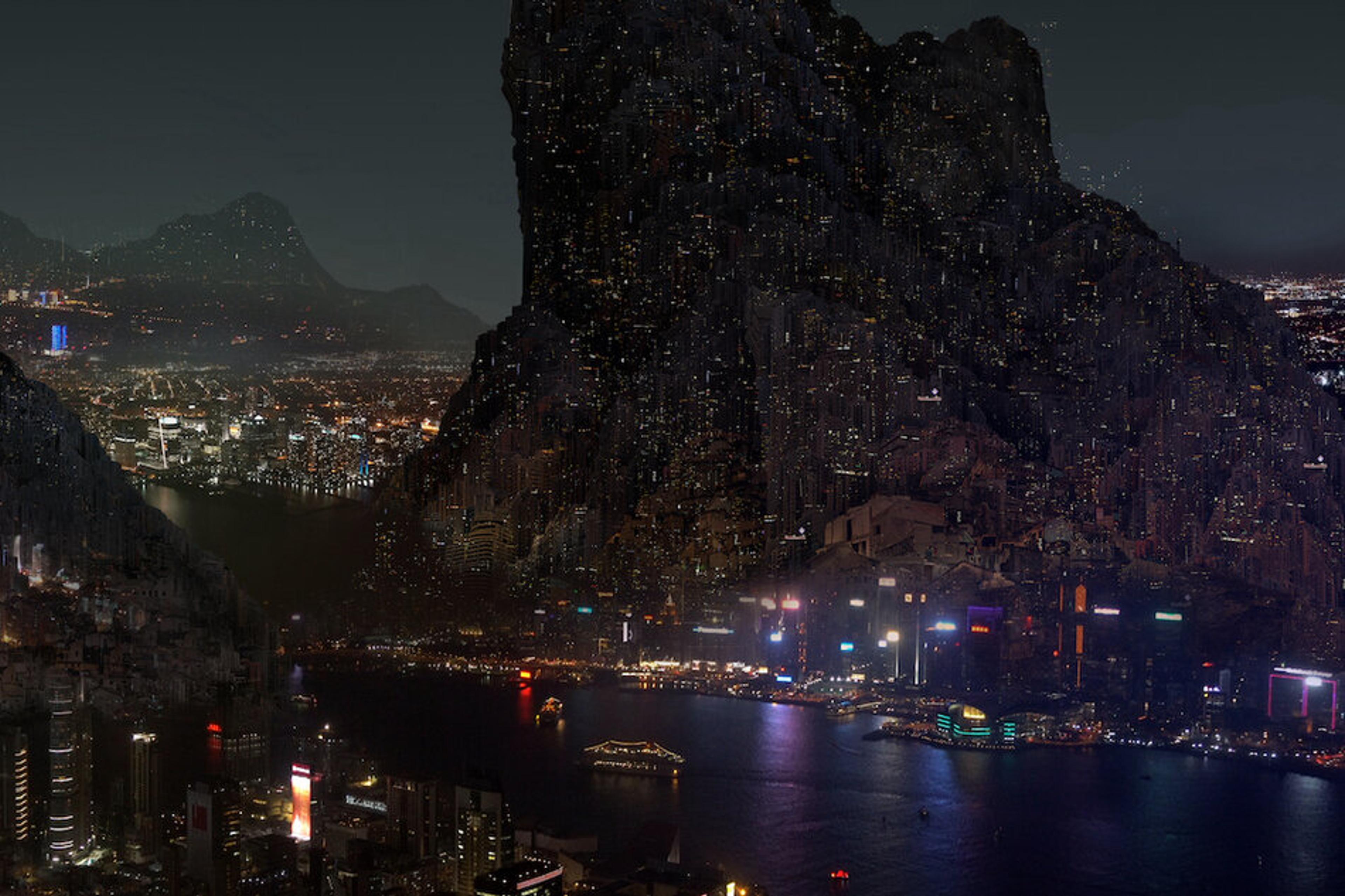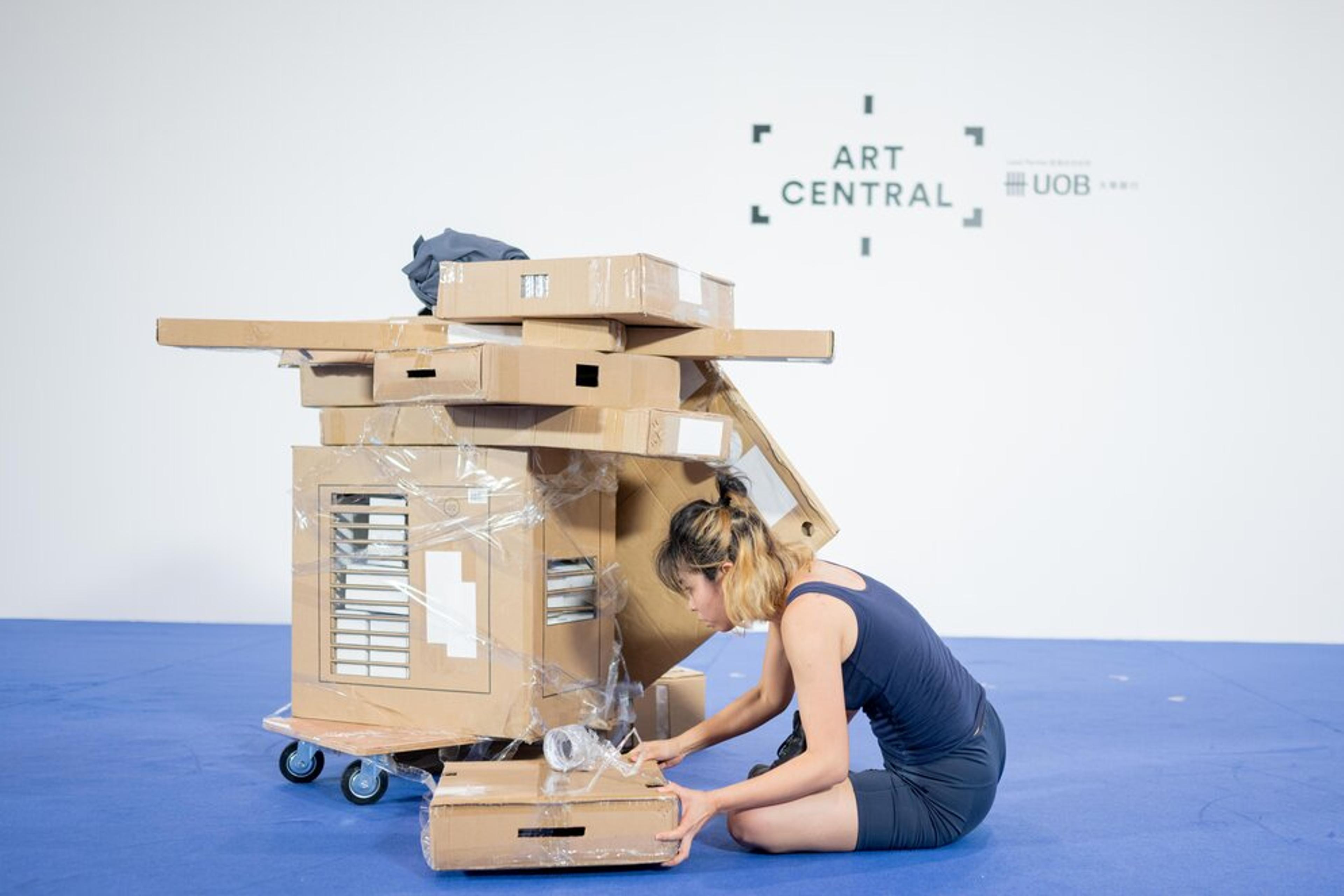The contrast could not be greater. Tai Kwun in Hong Kong was formerly the much-loathed Central Police Station, Magistracy and Victoria Prison. It was a symbol of the colonial times back when Great Britain ruled Hong Kong. Nowadays, it has been revitalised and reopened since 2018 as Tai Kwun. A centre of excellence for heritage and arts.
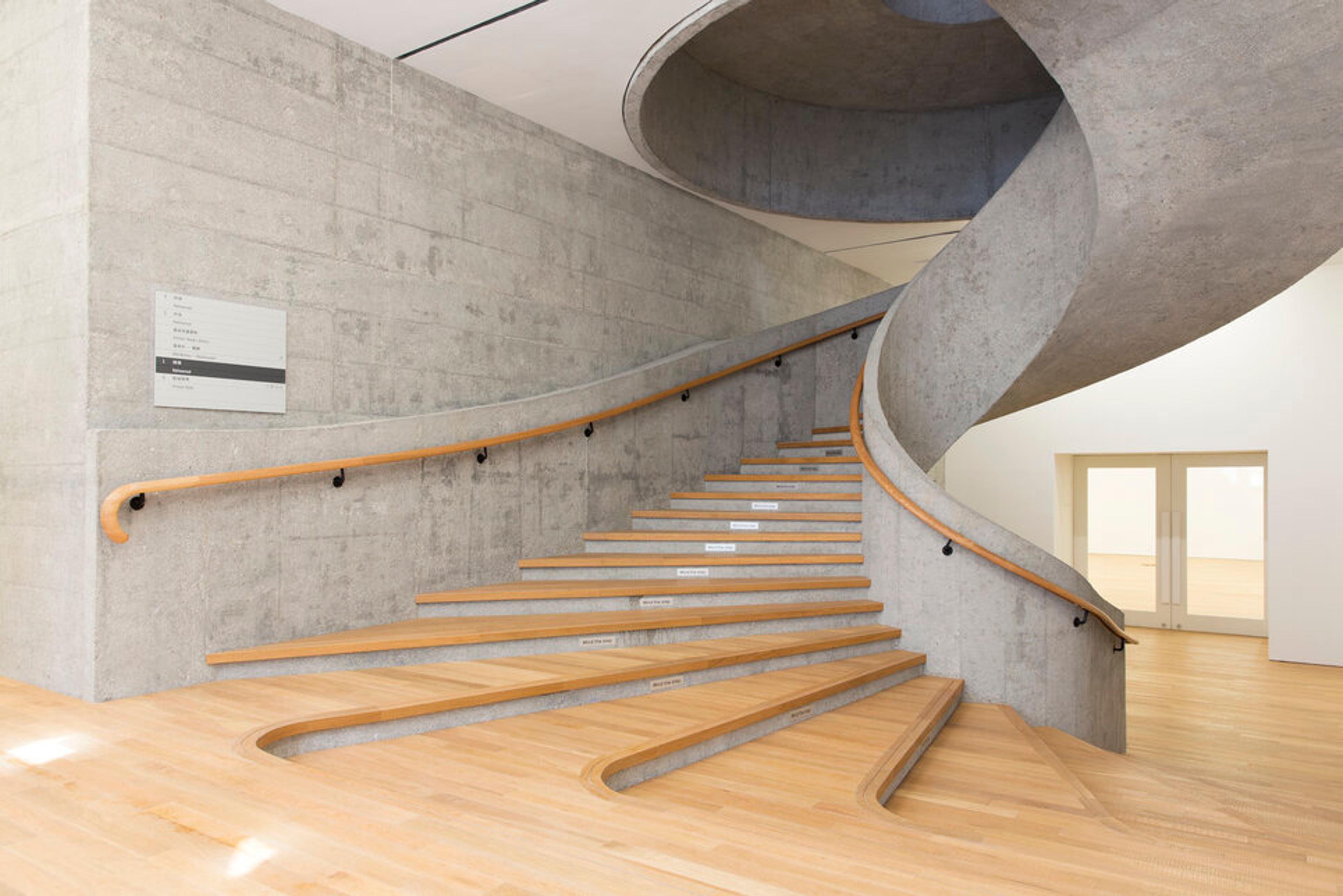
Located at 10 Hollywood Road, Central. It is mere steps away from the likes of Lan Kwai Fong and the business district. It is a minor miracle, that this prime real estate wasn’t sold off to developers but instead turned into a cultural hub for locals and tourists. Tai Kwun Contemporary is a non-profit visual arts program and they try to curate five to eight exhibitions each year to highlight socially relevant issues. This September, they will present “Killing TV”. It is a fascinating, brand-new exhibition on how modern-day artists deploy, disrupt, and deconstruct television as a medium. The different artists involved in the exhibition explore the themes of identity, consumerism, and human connection in society. This is often displayed in a tongue-in-cheek manner.
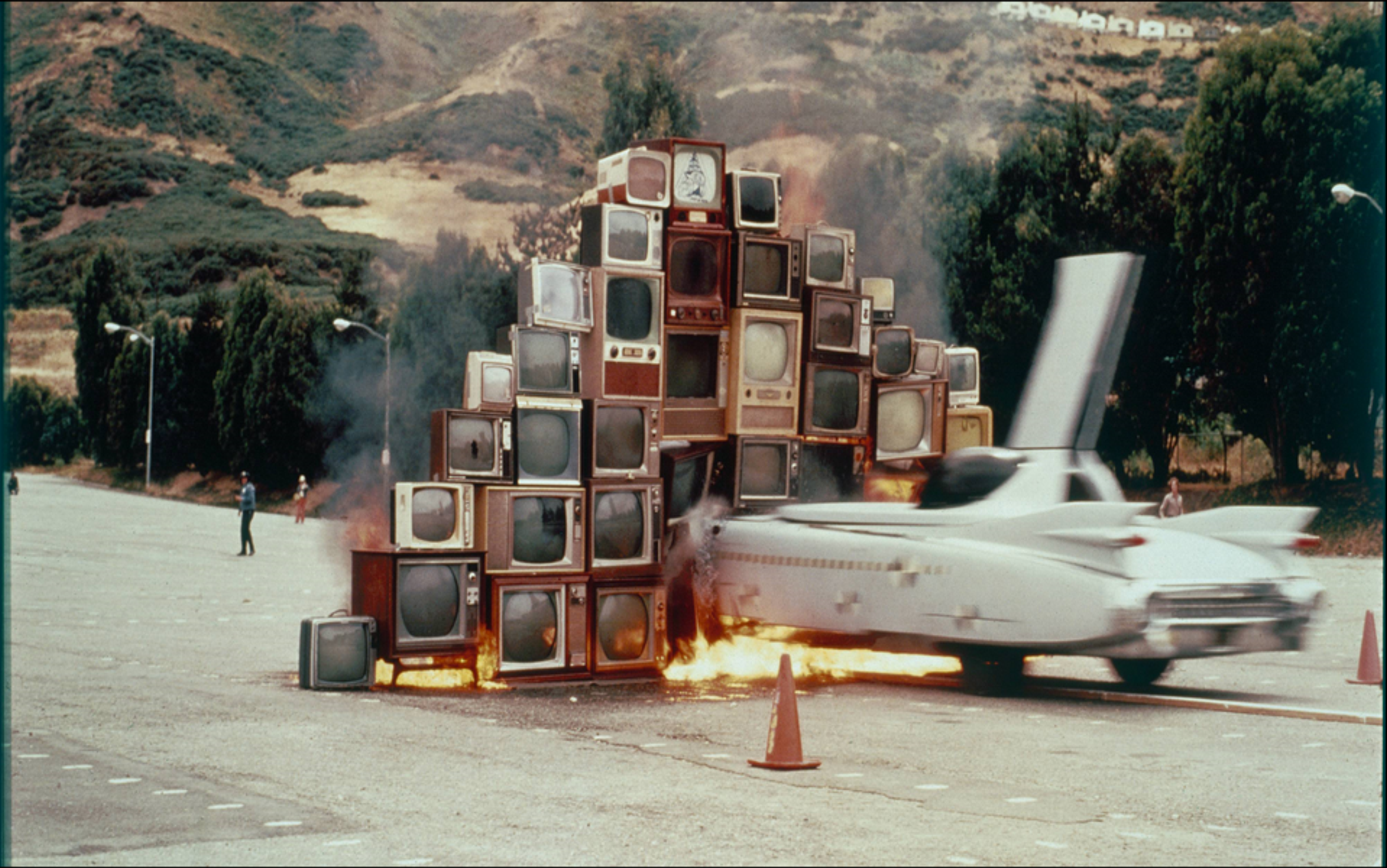
The venue is also a wonderful performing arts centre. Throughout September, they have the “Chilled Steps” concert series. In their fourth year, they previously the focus was on jazz music. However, this year, they’ve expanded to cover pop, folk, Western and Chinese music. Between September and October, they are also offering free film screenings of classic teen films from the 1950s to the 1980s. The carefully curated films show the youth of Hong Kong from a bygone era as they embrace the increasing influence of Western culture.
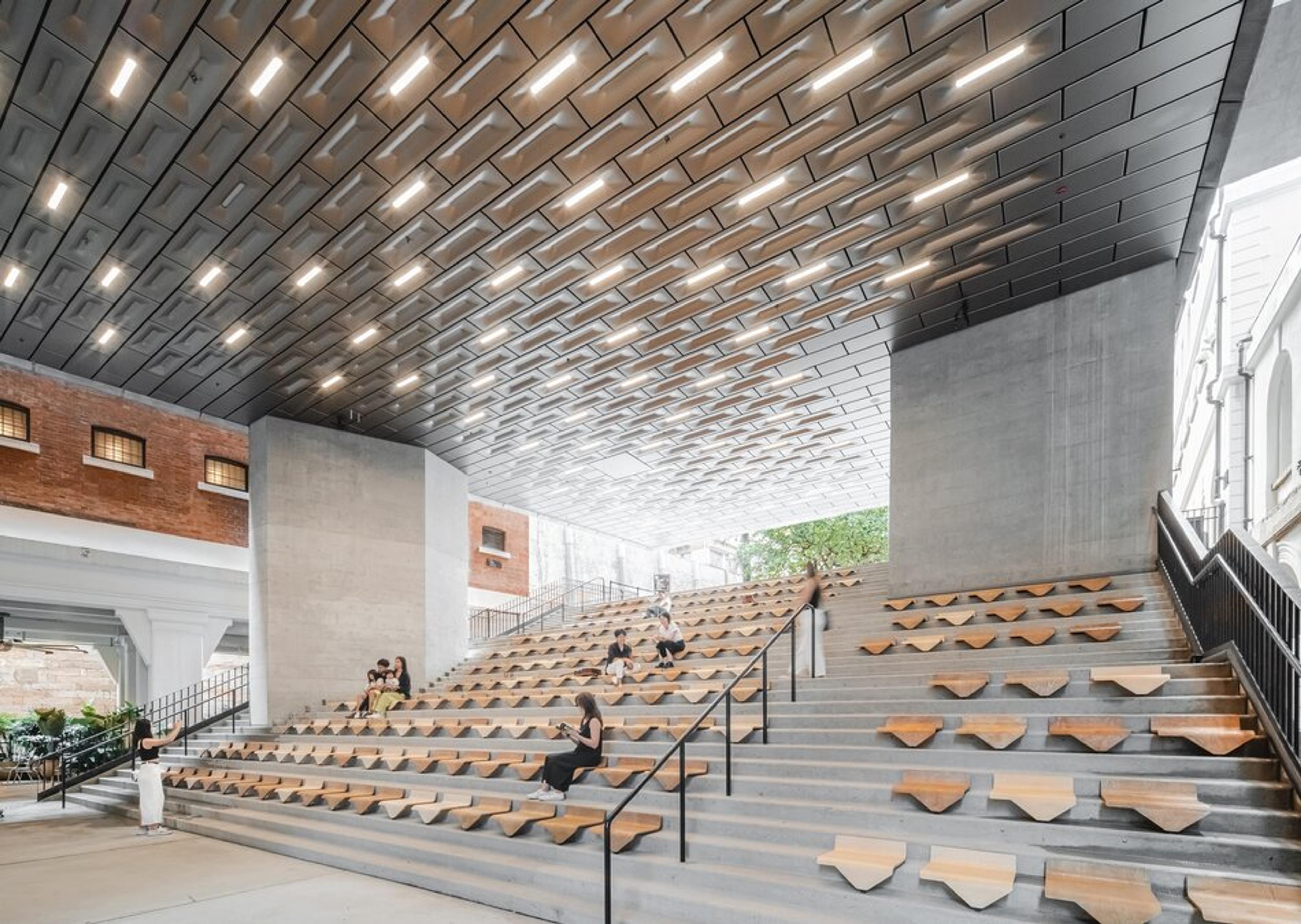
A significant part of the Tai Kwun experience is about the heritage of the site. The former Central Police Station compound had more than 170 years of history. This is brought back to life for the audiences of today through interactive tours, heritage storytelling areas, eclectic education programmes and focused heritage exhibitions. The guided tours are 45 minutes long, in Cantonese, English or Putonghua. It runs twice a day Monday – Friday and three times a day during the weekends. It is also free of charge. They have an insightful behind-the-scenes online section on their website where you can visit the hidden gems of the site. You can see the secret underground passage to the Central Magistracy or see how the compound was once a WWII Air Raid Shelter.

Of course, it isn’t all about education and learning. Tai Kwun is also a great venue to savour gastronomic delights, sample innovative cocktails and shop at independent boutique stores. One of the most Instagrammable restaurants in Hong Kong is based in Tai Kwun, Madame Fù Grand Café Chinois. The refined, colonial decor is matched by tantalising dishes such as sautéed diced Angus beef with Yunnan chilli and garlic. Their free-flowing dim sum offering during lunchtime Monday – Thursday is always popular with locals and tourists alike. The art noveau-inspired, Dragonfly bar offers some of the most innovative cocktails in town. Expect to sip on the likes of Hi Lazies, which contains Irish whisky, pineapple, lime, pimento liqueur, orgeat and baby spinach. It might sound peculiar but their talented mixologists know how to serve up a winning concoction.
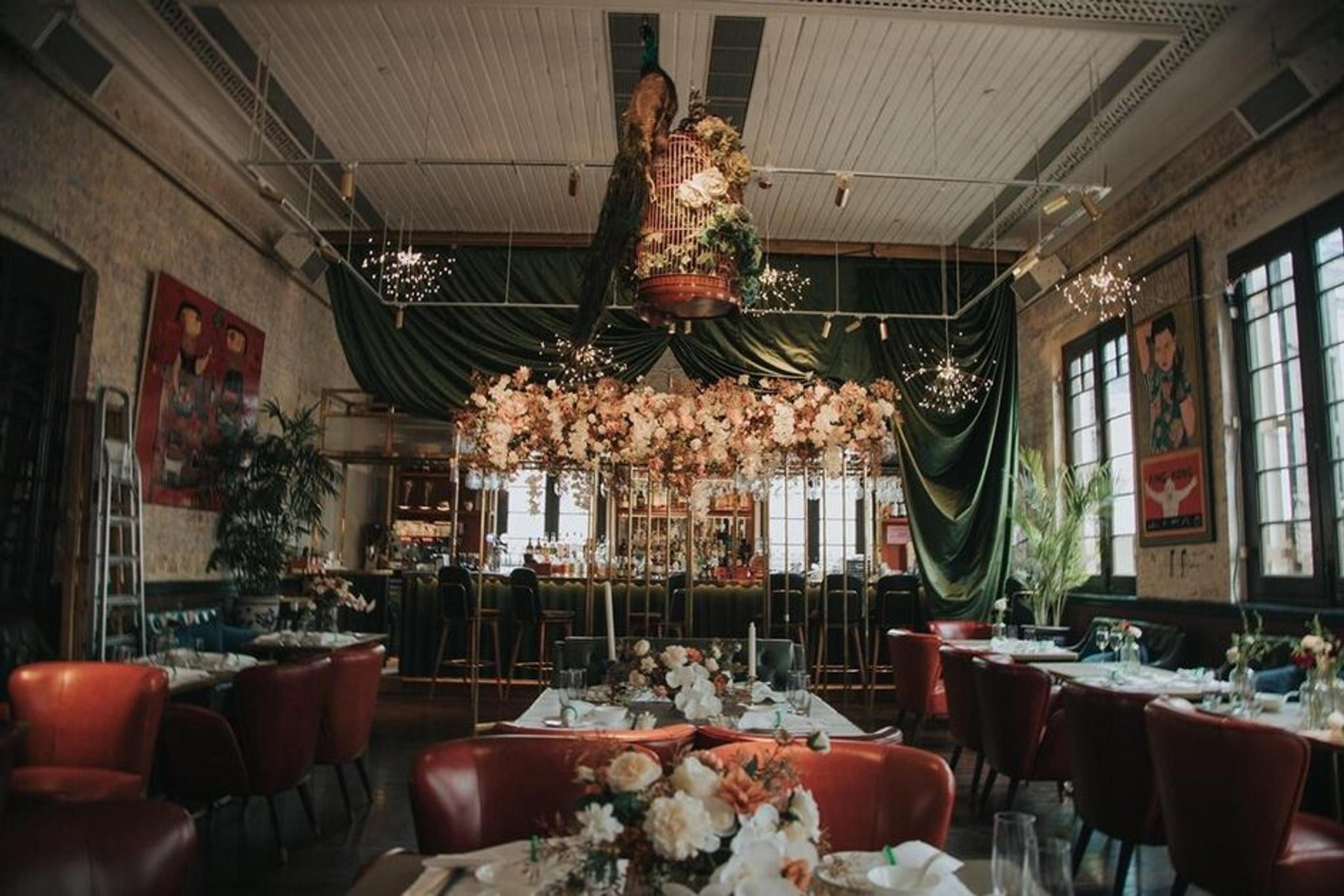
Numerous world-class art galleries are also based at Tai Kwun such as Kwai Fung Hin Art Gallery and Ora-Ora. The former focuses on 20th-century French art and modern and contemporary art in Asia. While the latter sell groundbreaking, modern art pieces from across the globe. There are also numerous boutique shops on offer such as Pap Studio which sells handmade Turkish-inspired lamps and Touch Ceramics which sells beautifully crafted and handmade ceramics and porcelains.
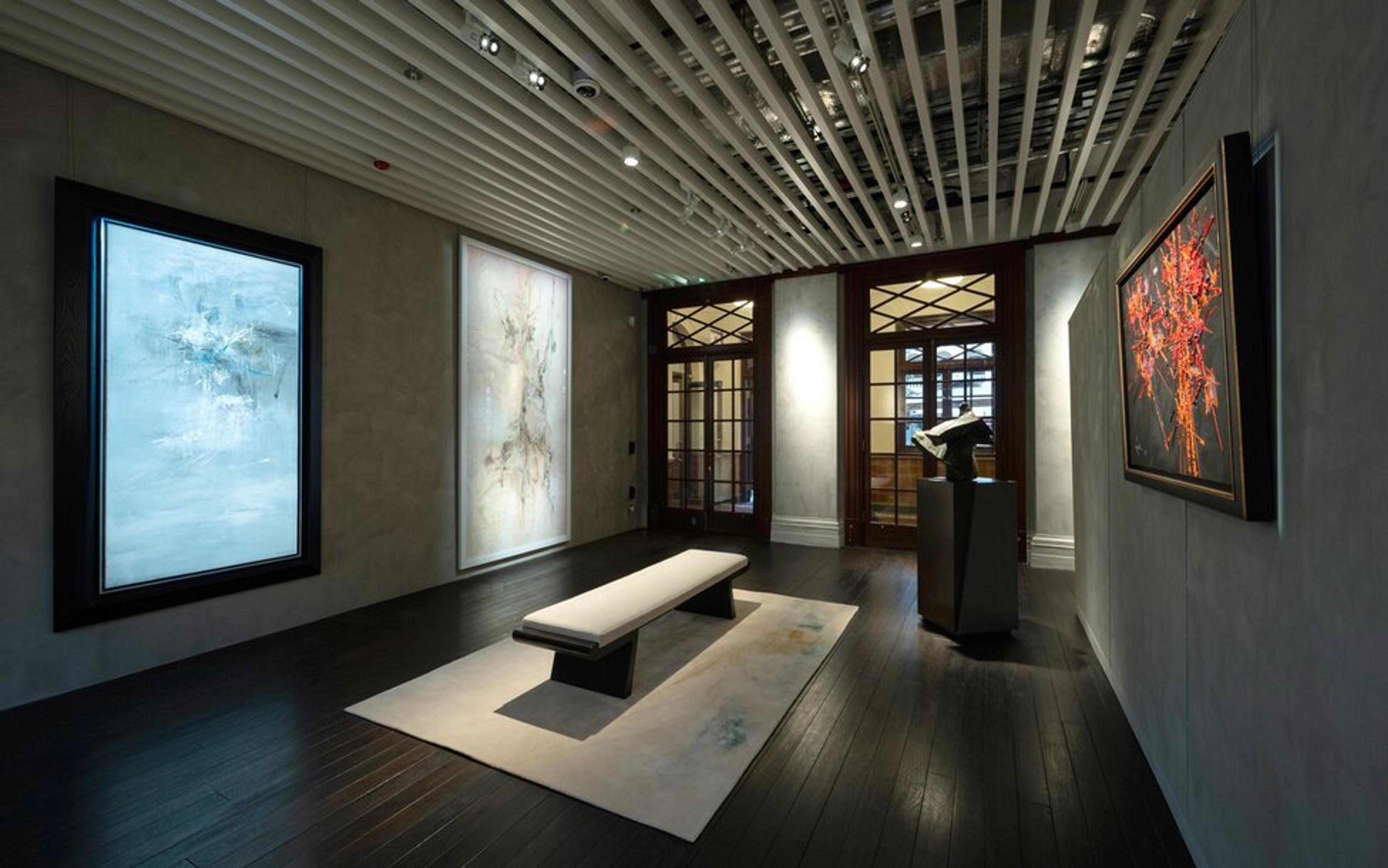
Although it only opened in 2018, Tai Kwun has rapidly developed into a must-visit destination for tourists when they visit Hong Kong.
For more information on Tai Kwun, please visit –
https://www.taikwun.hk/en/

